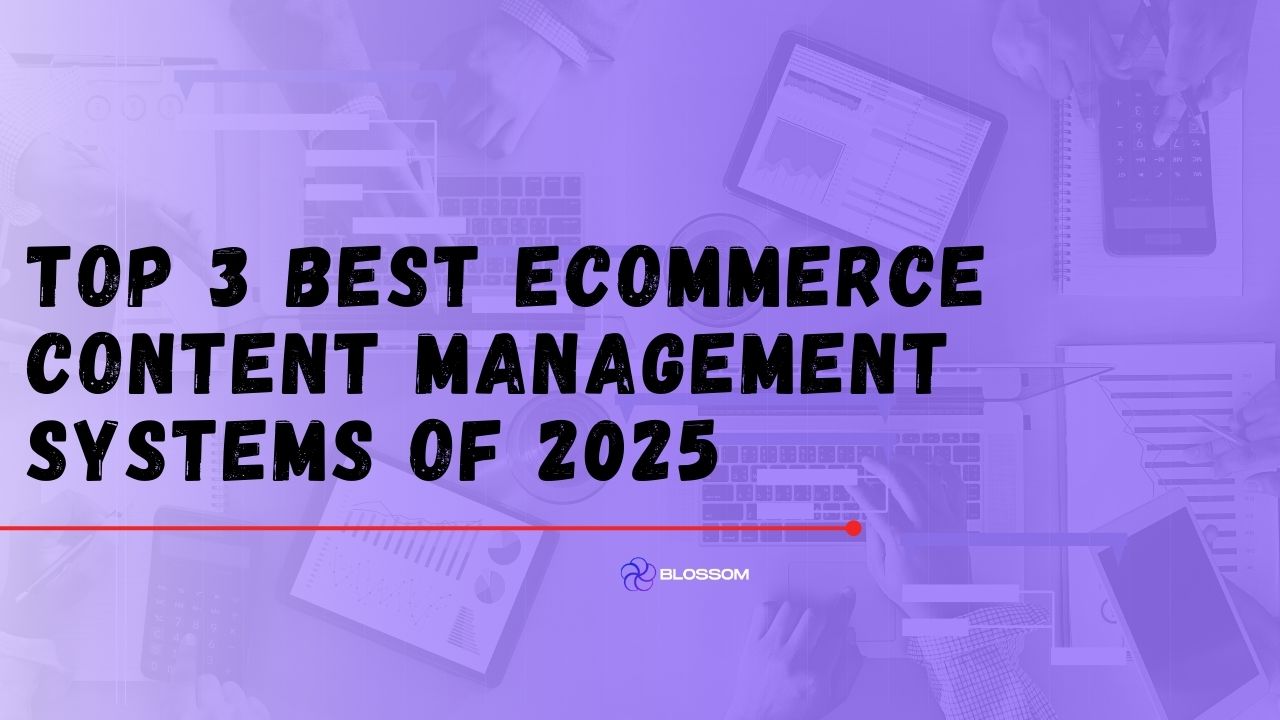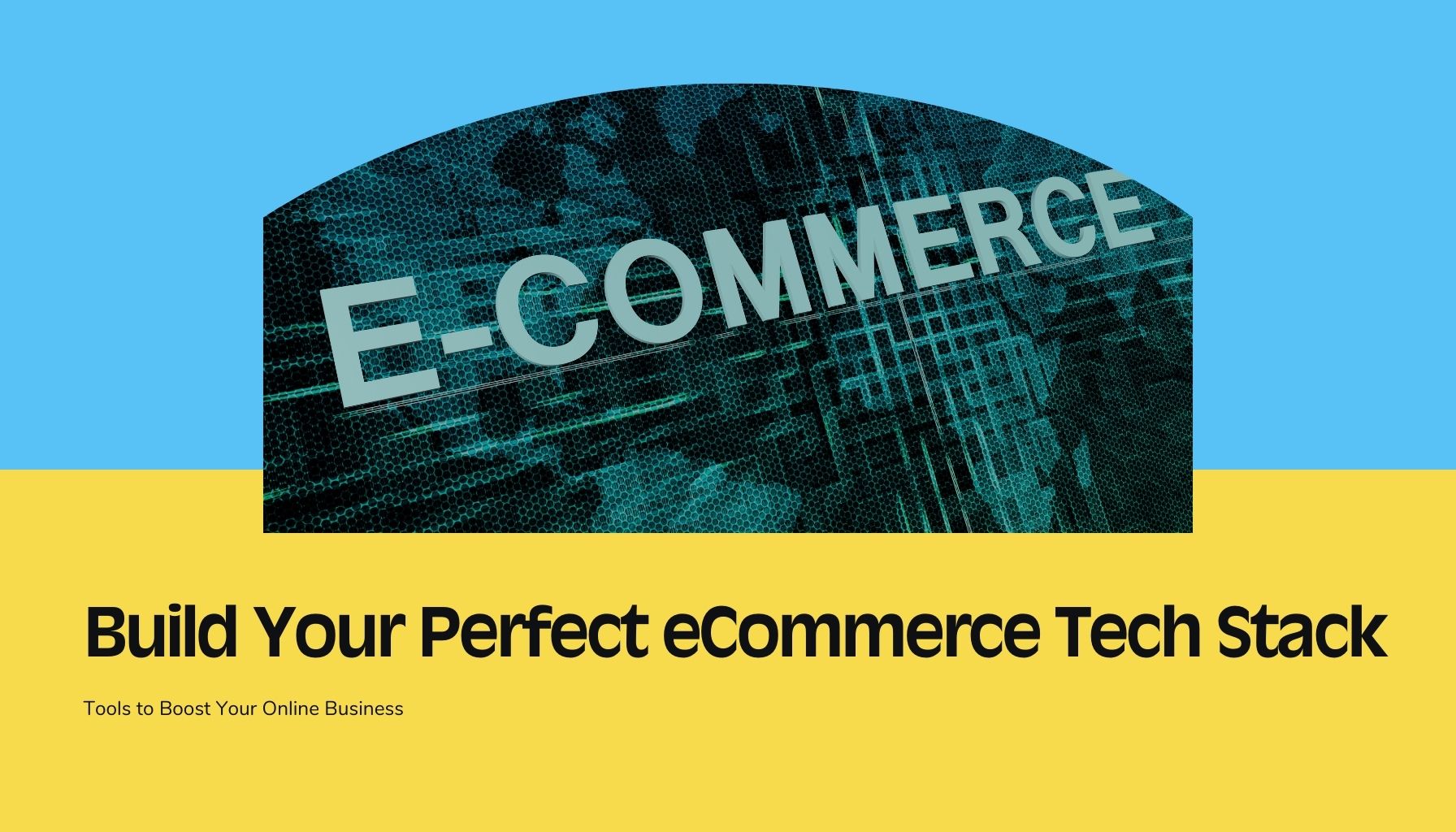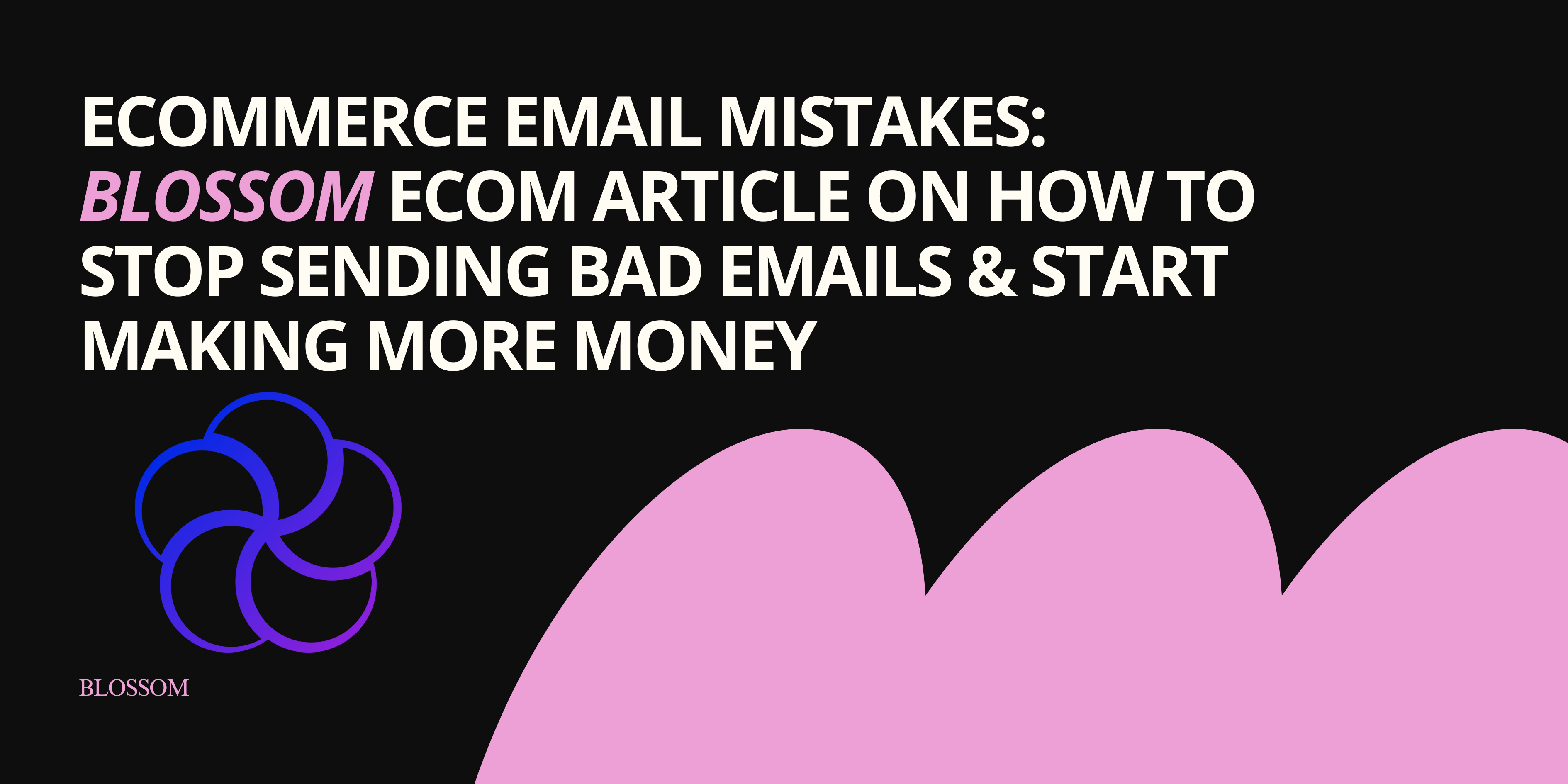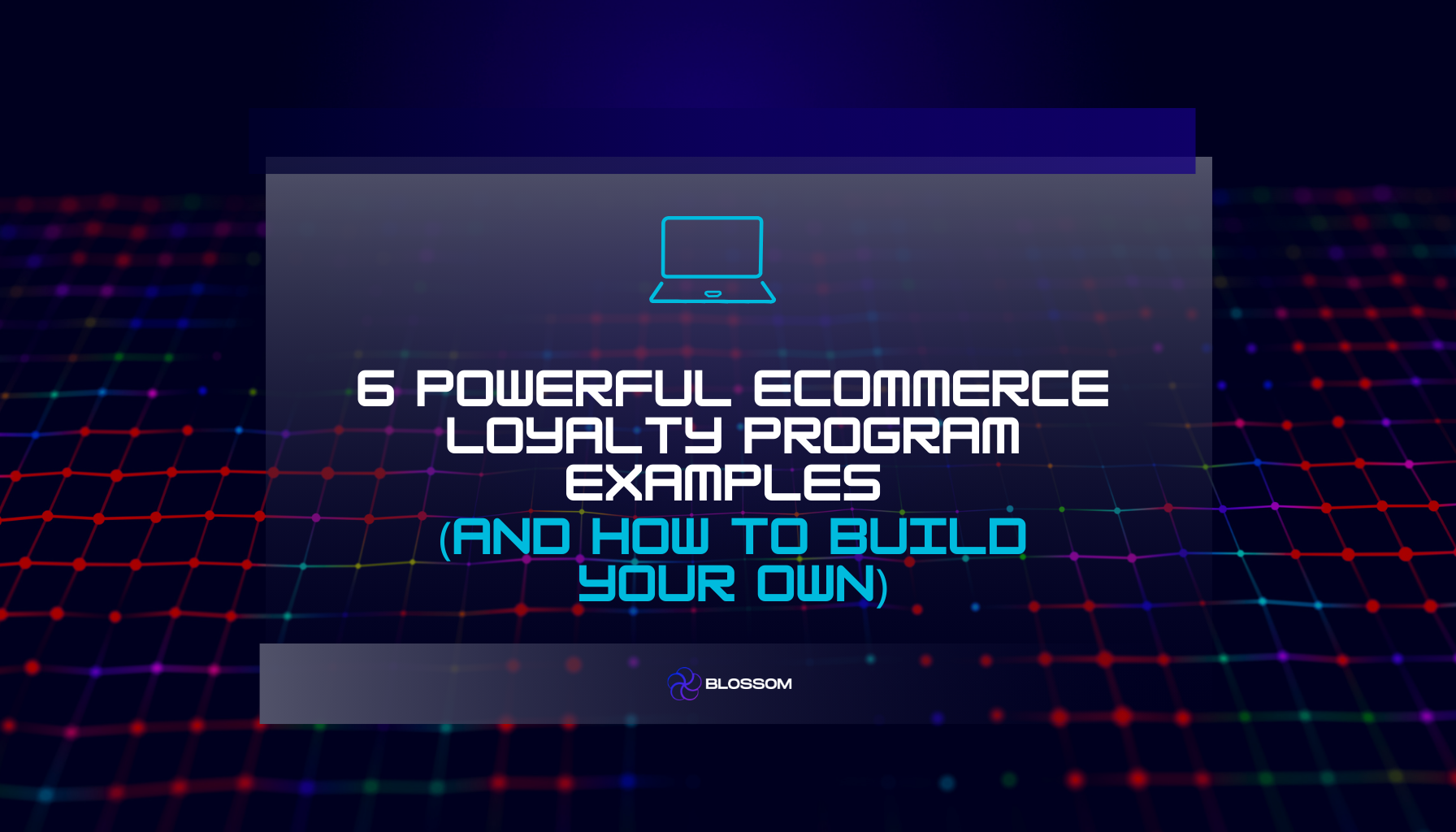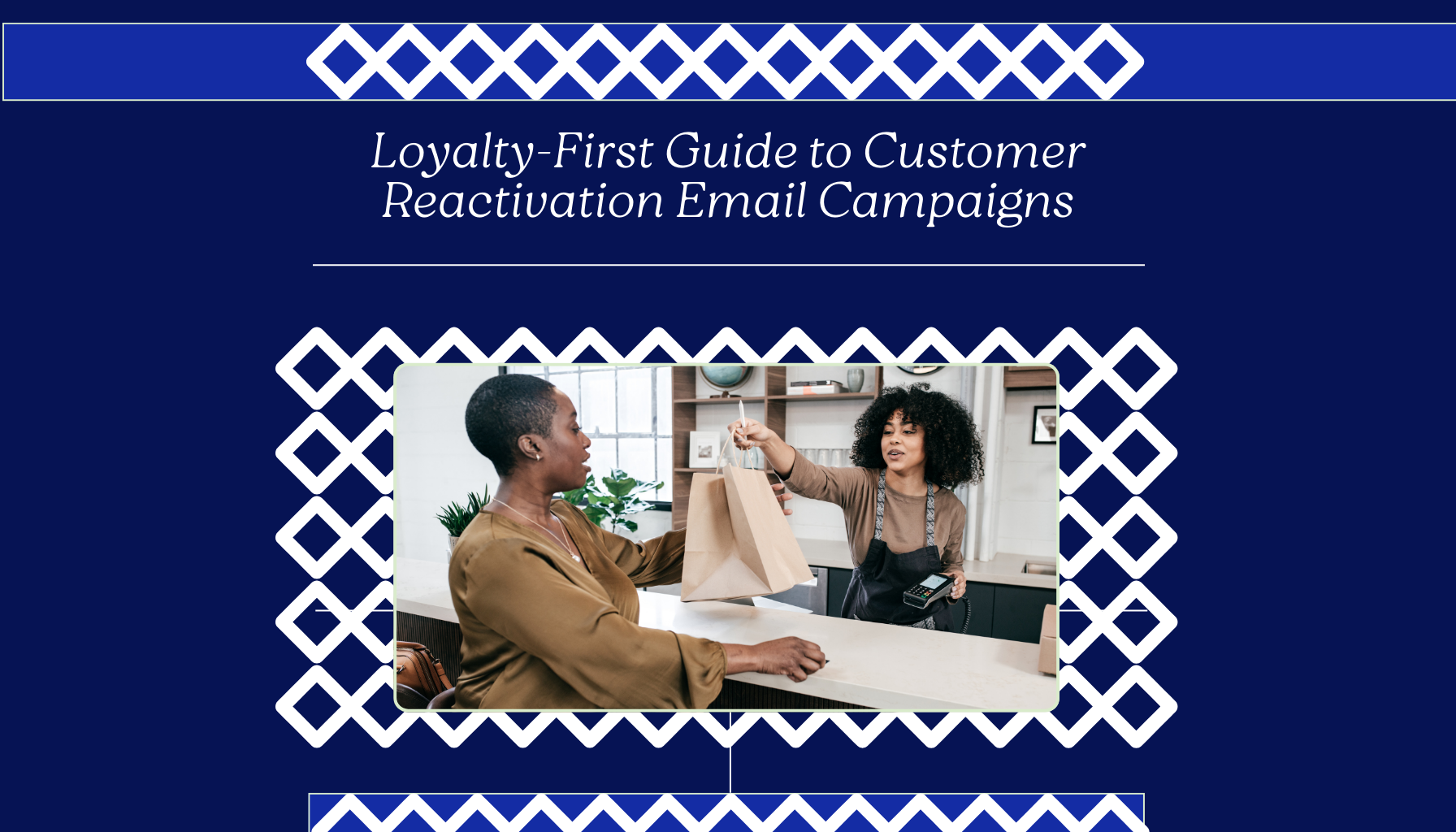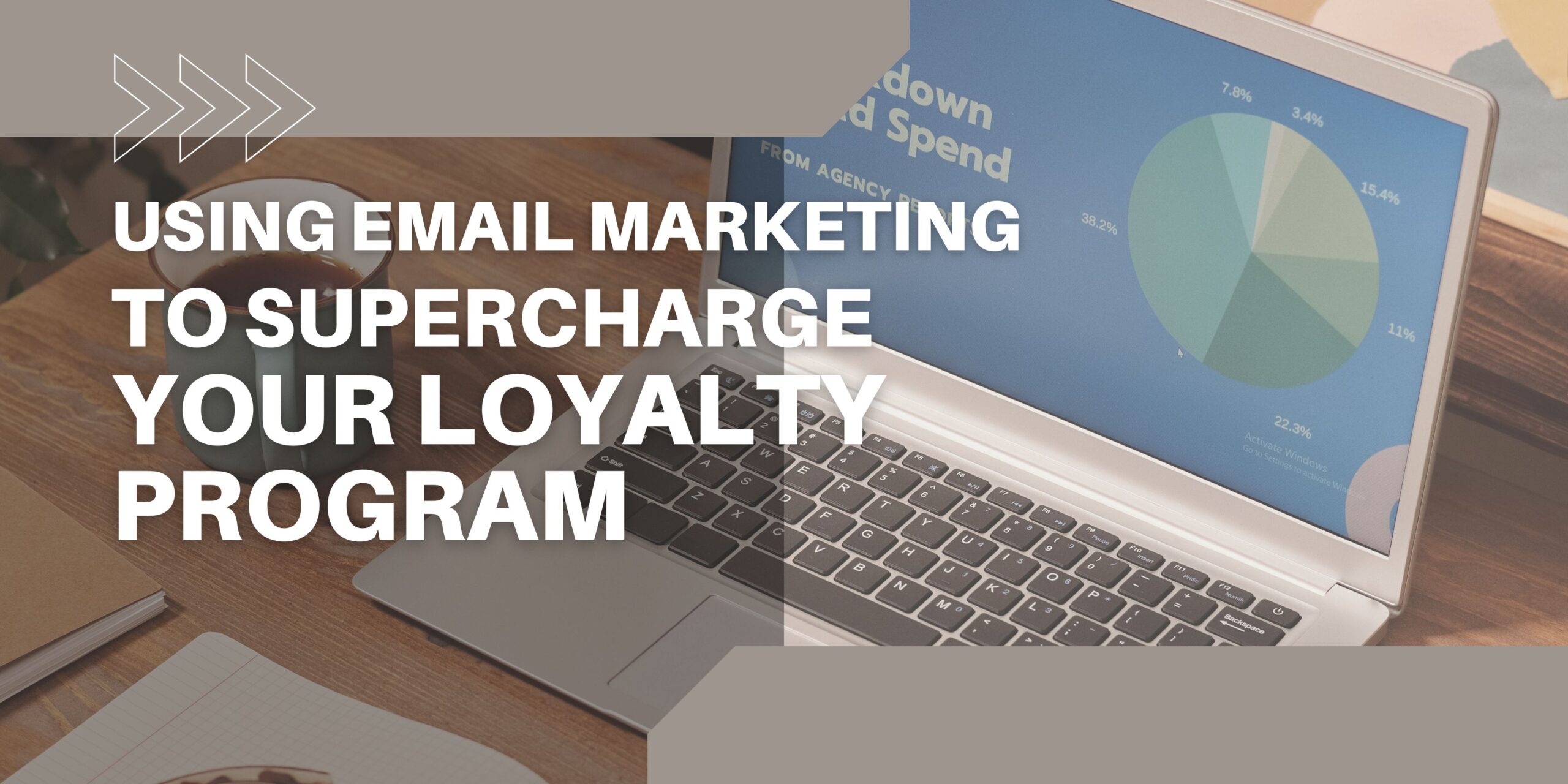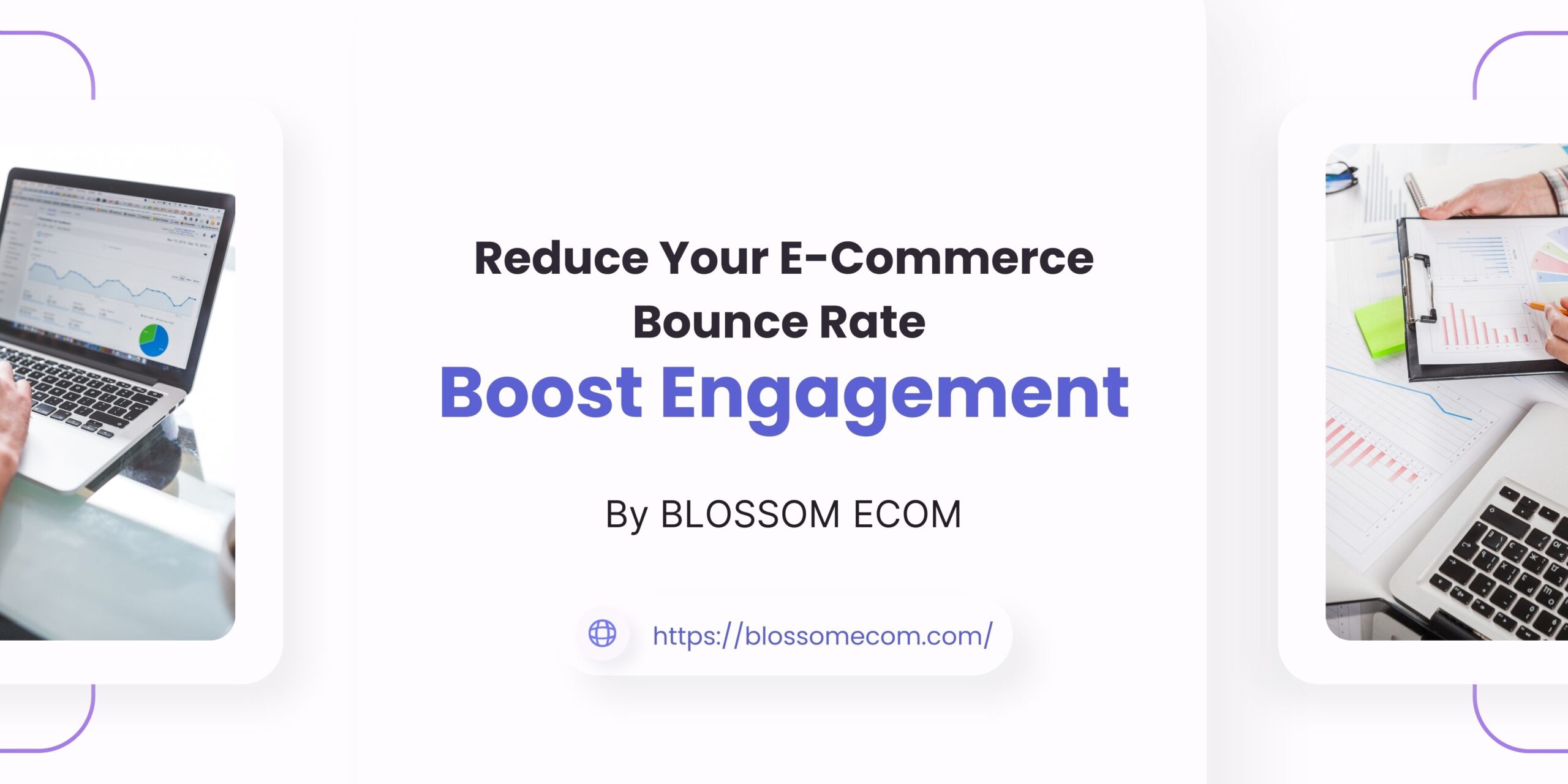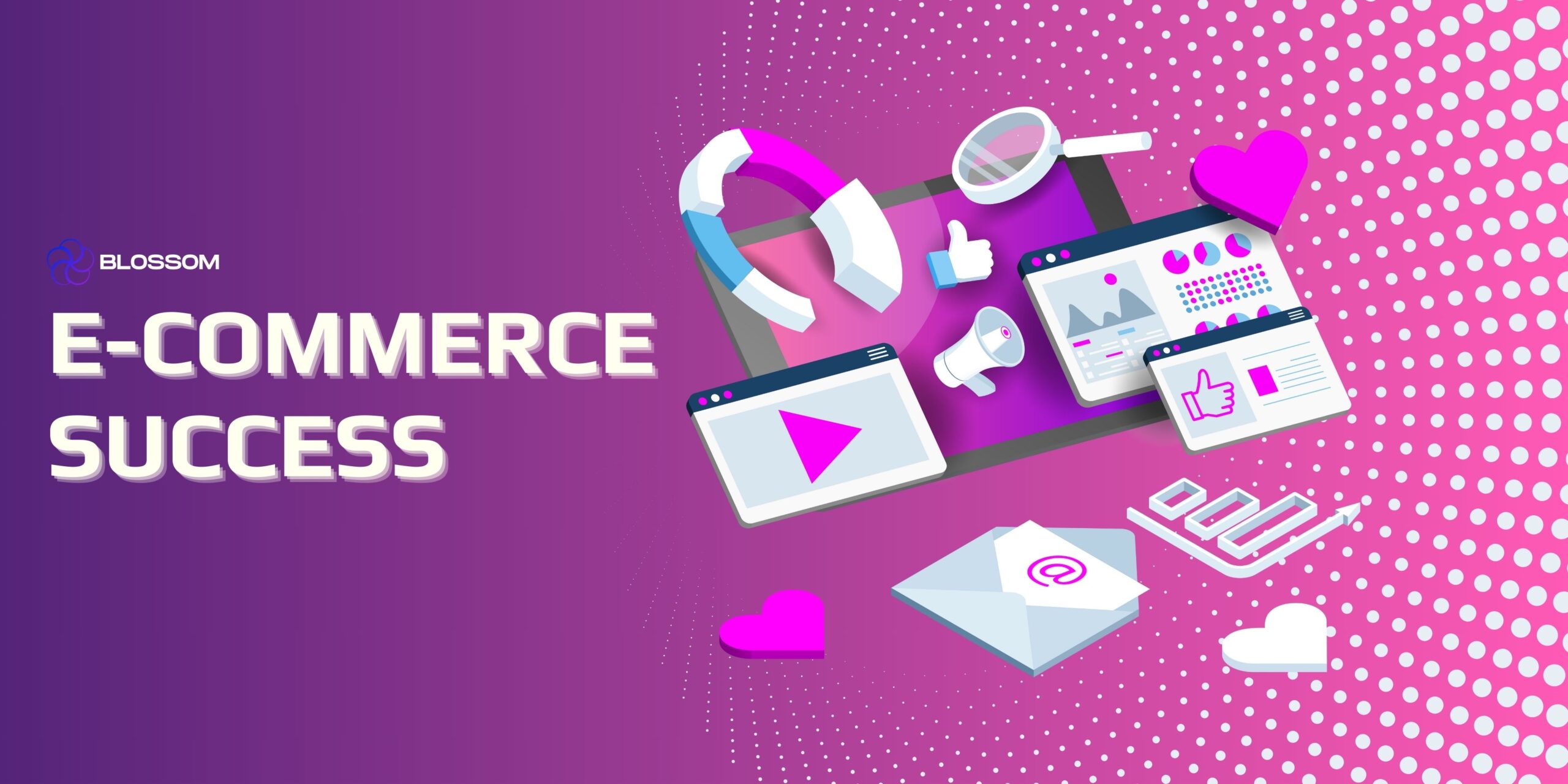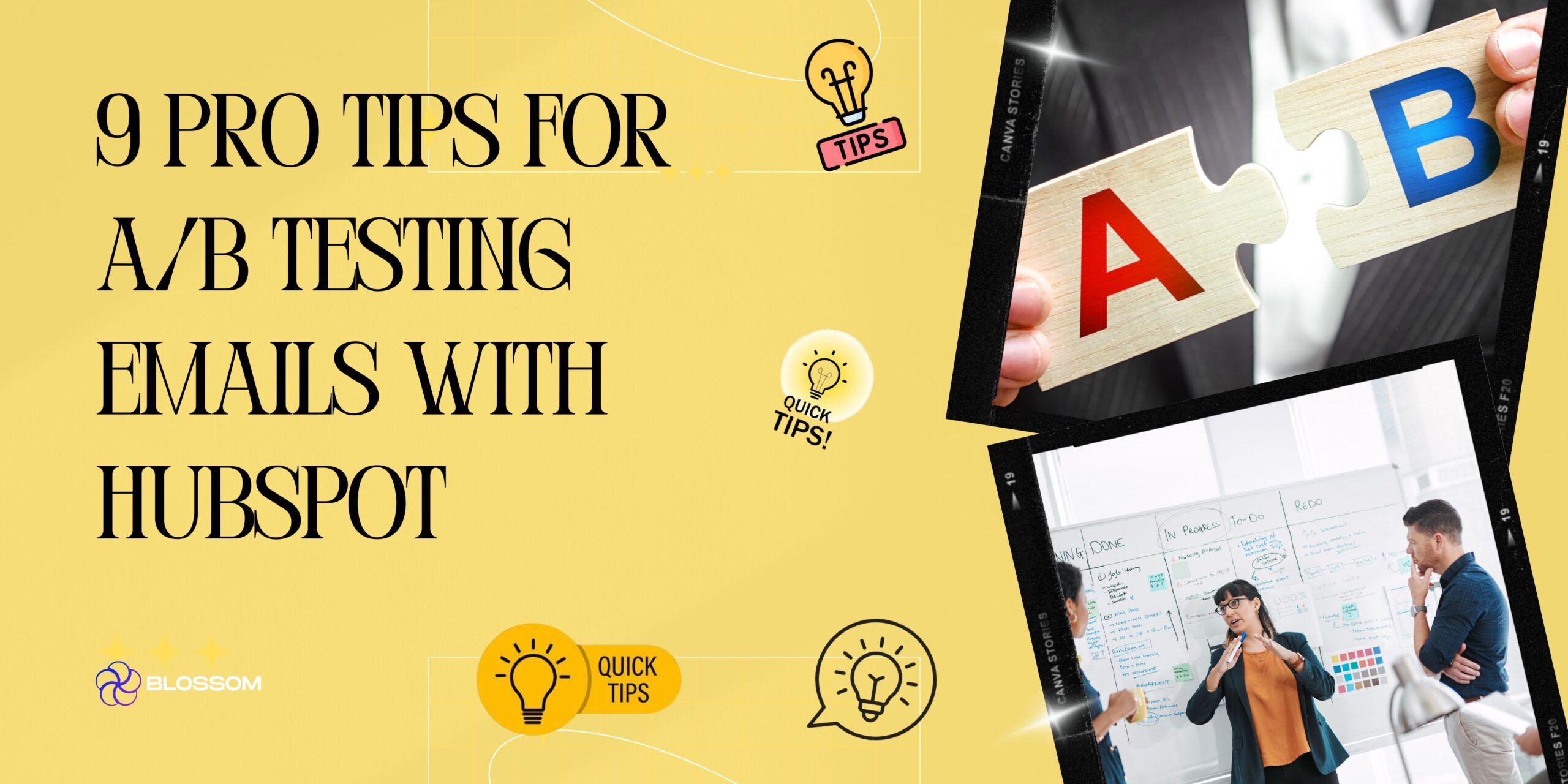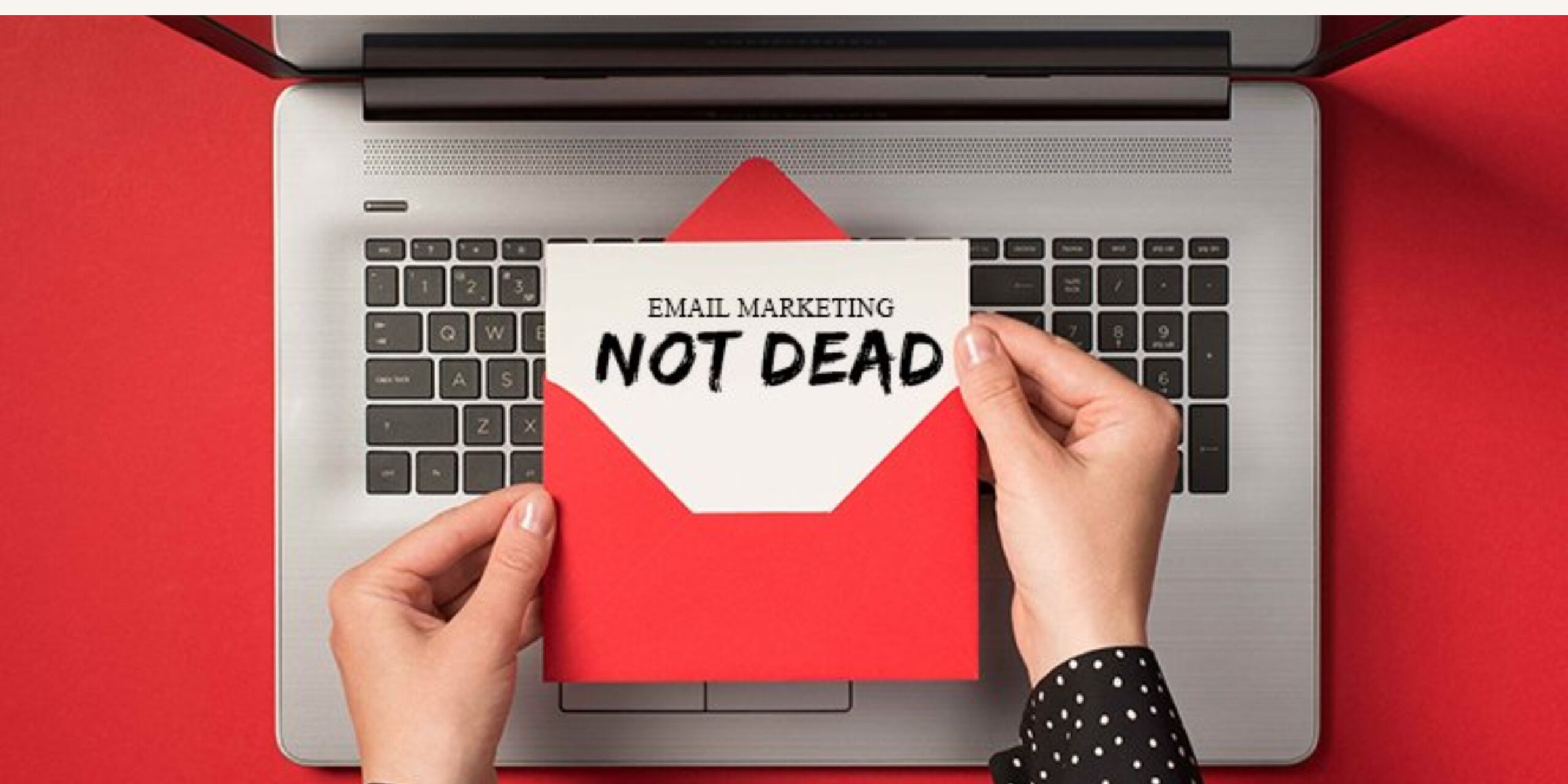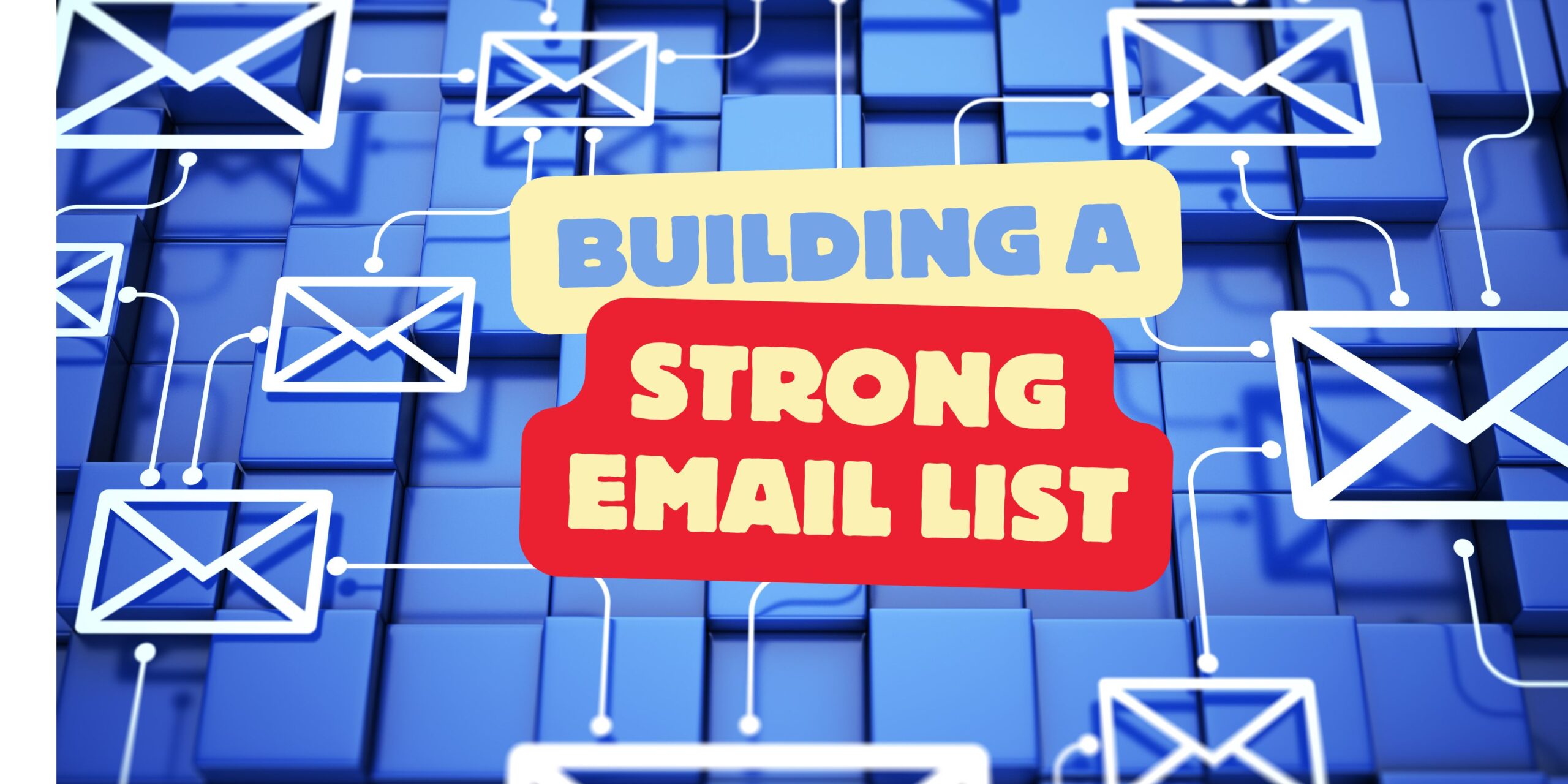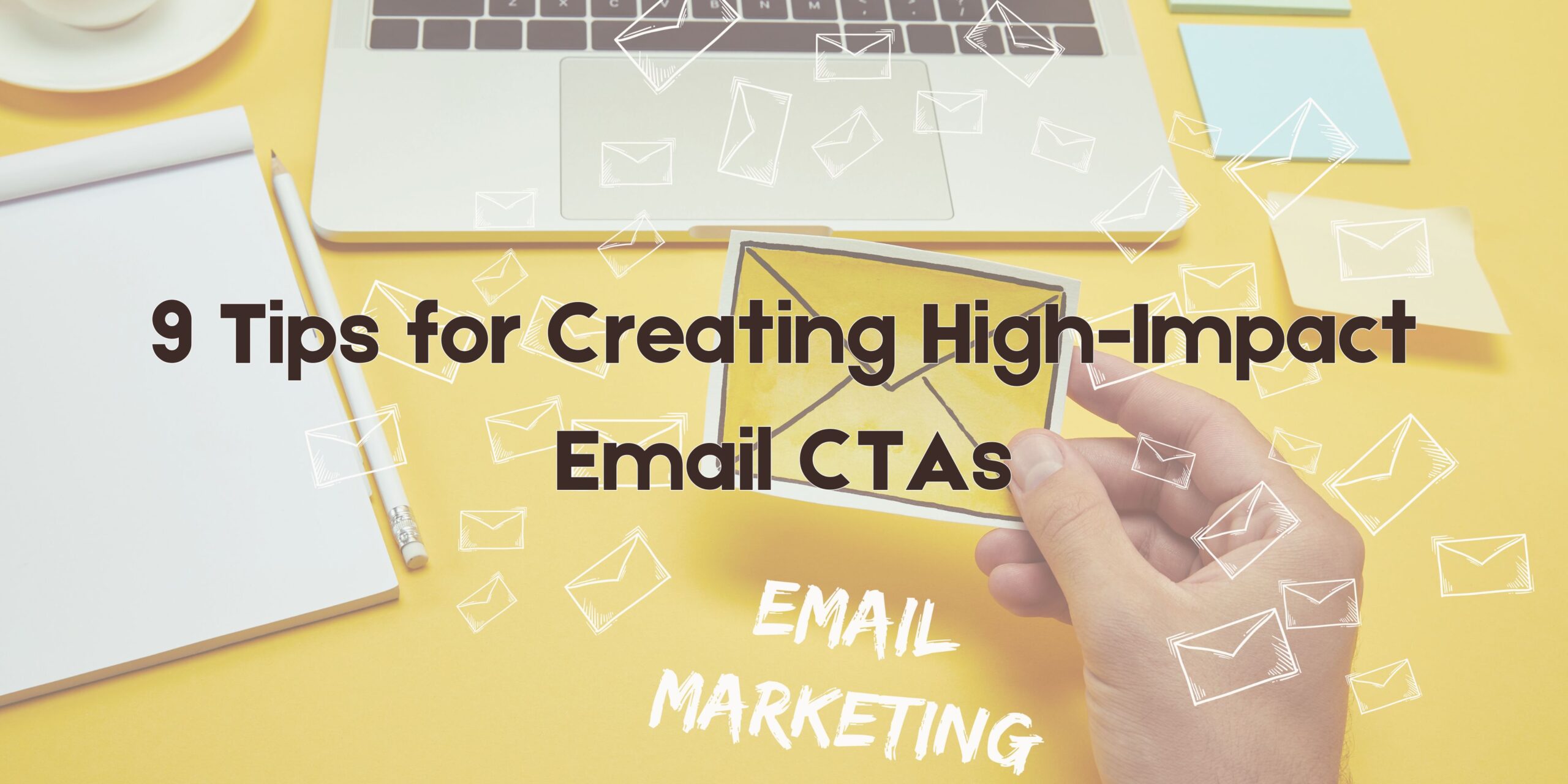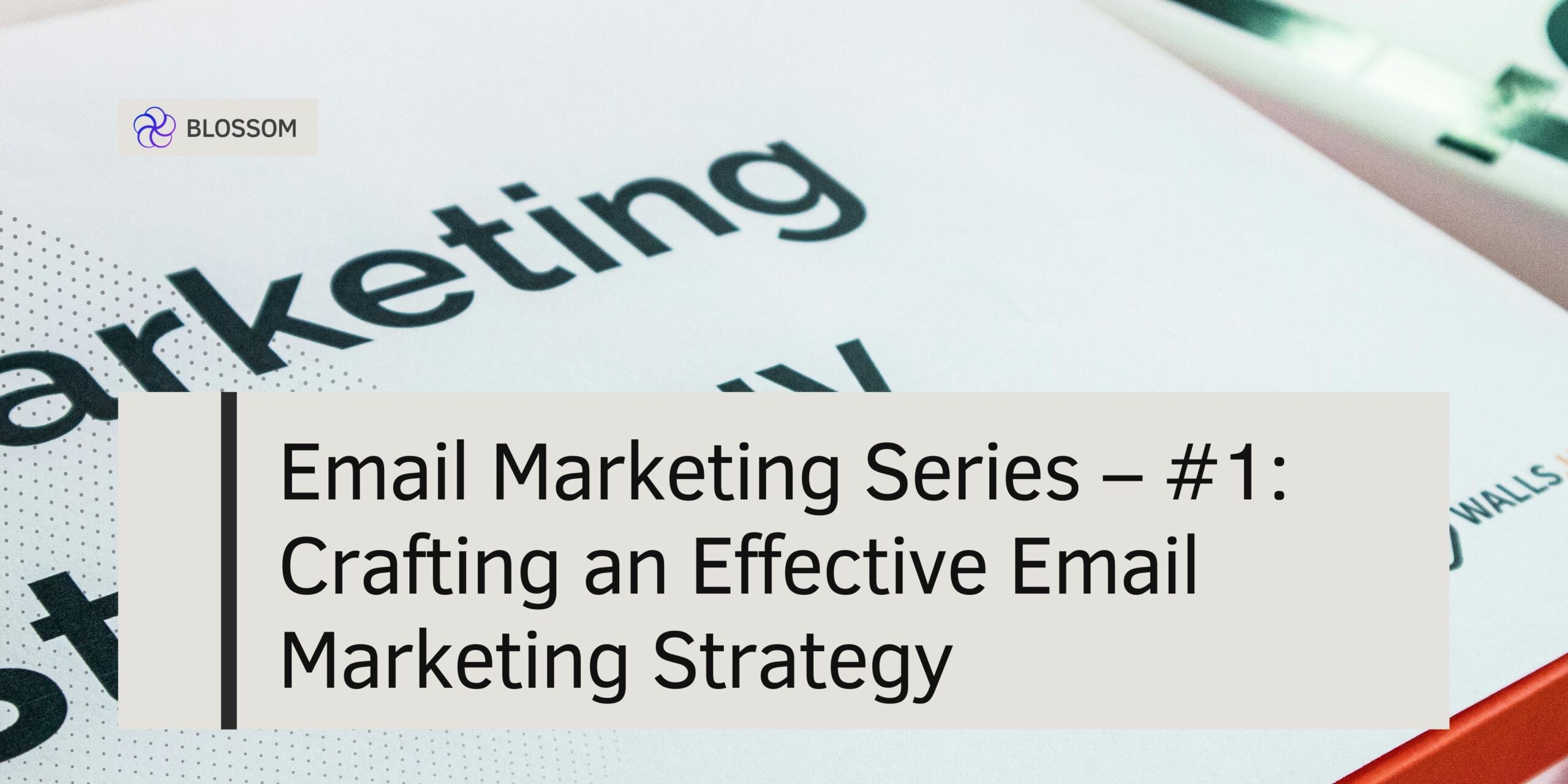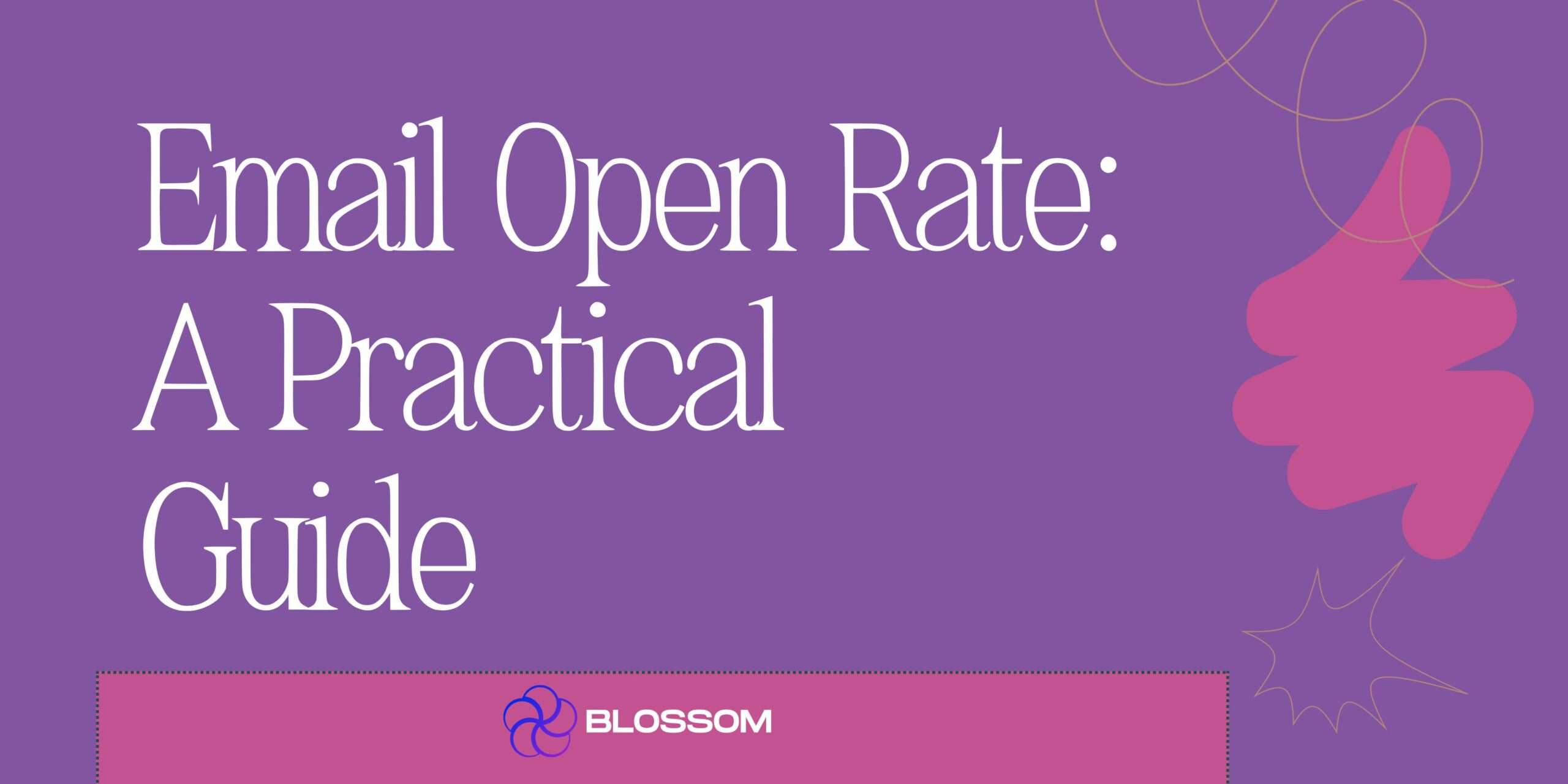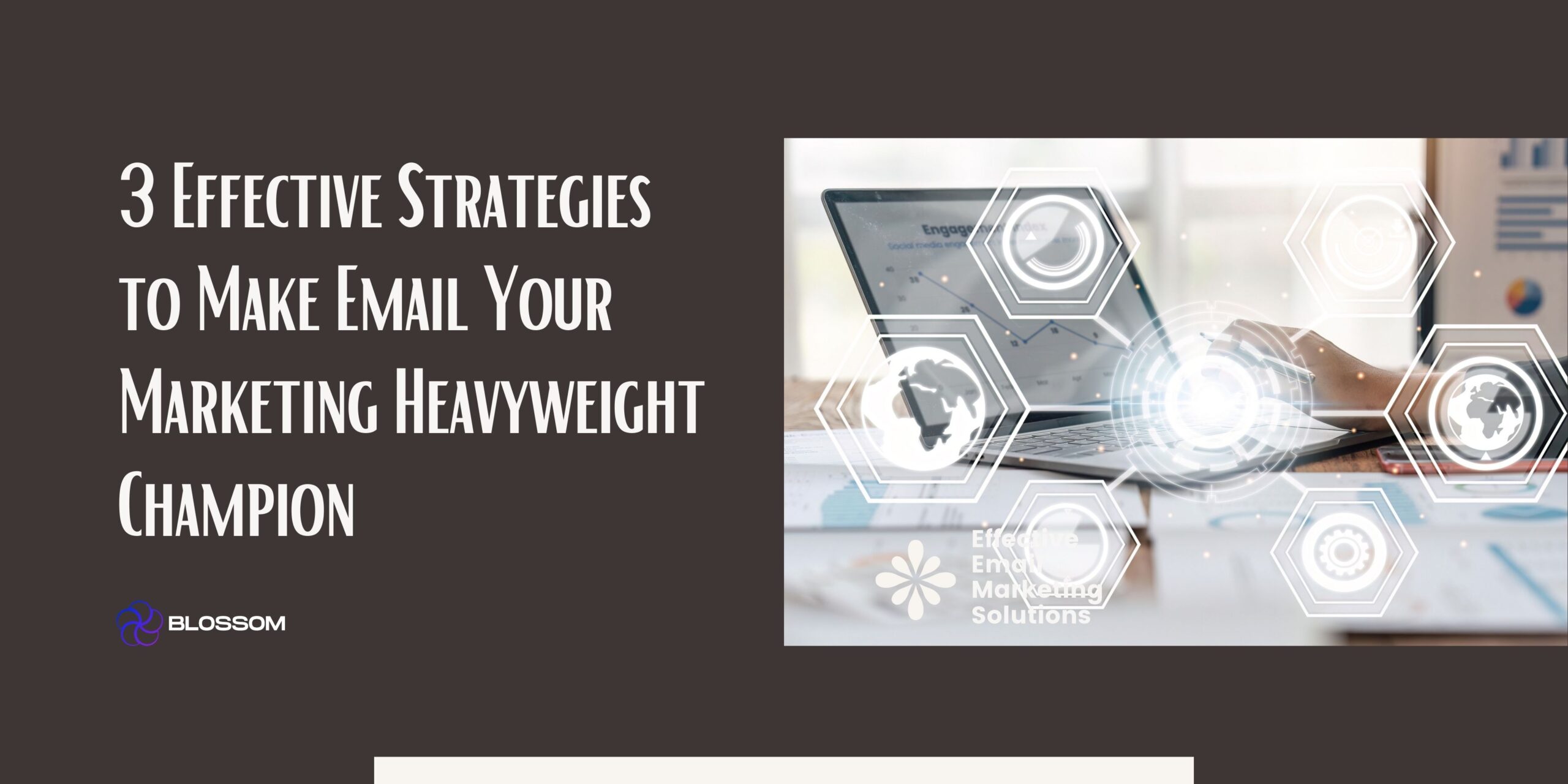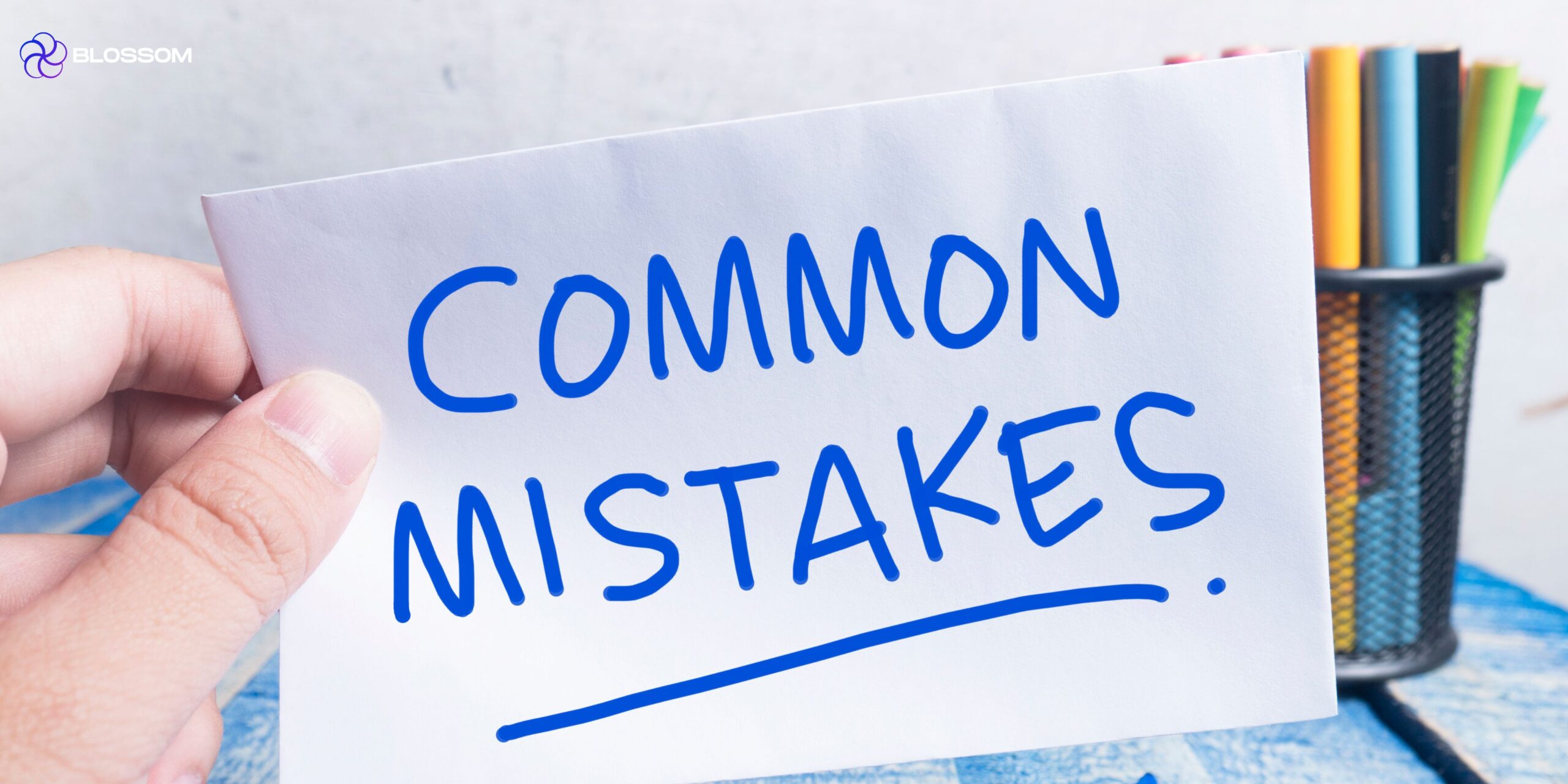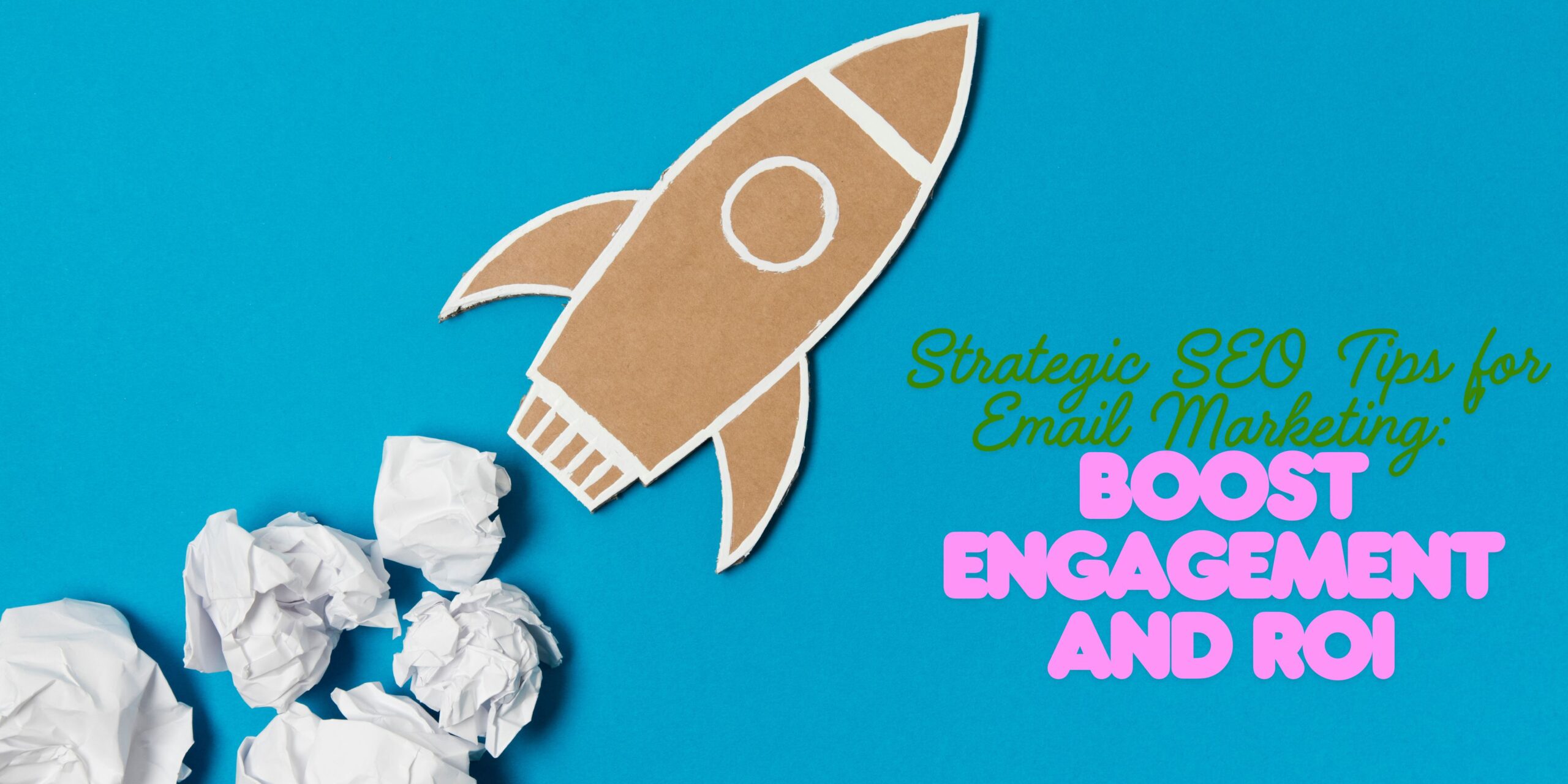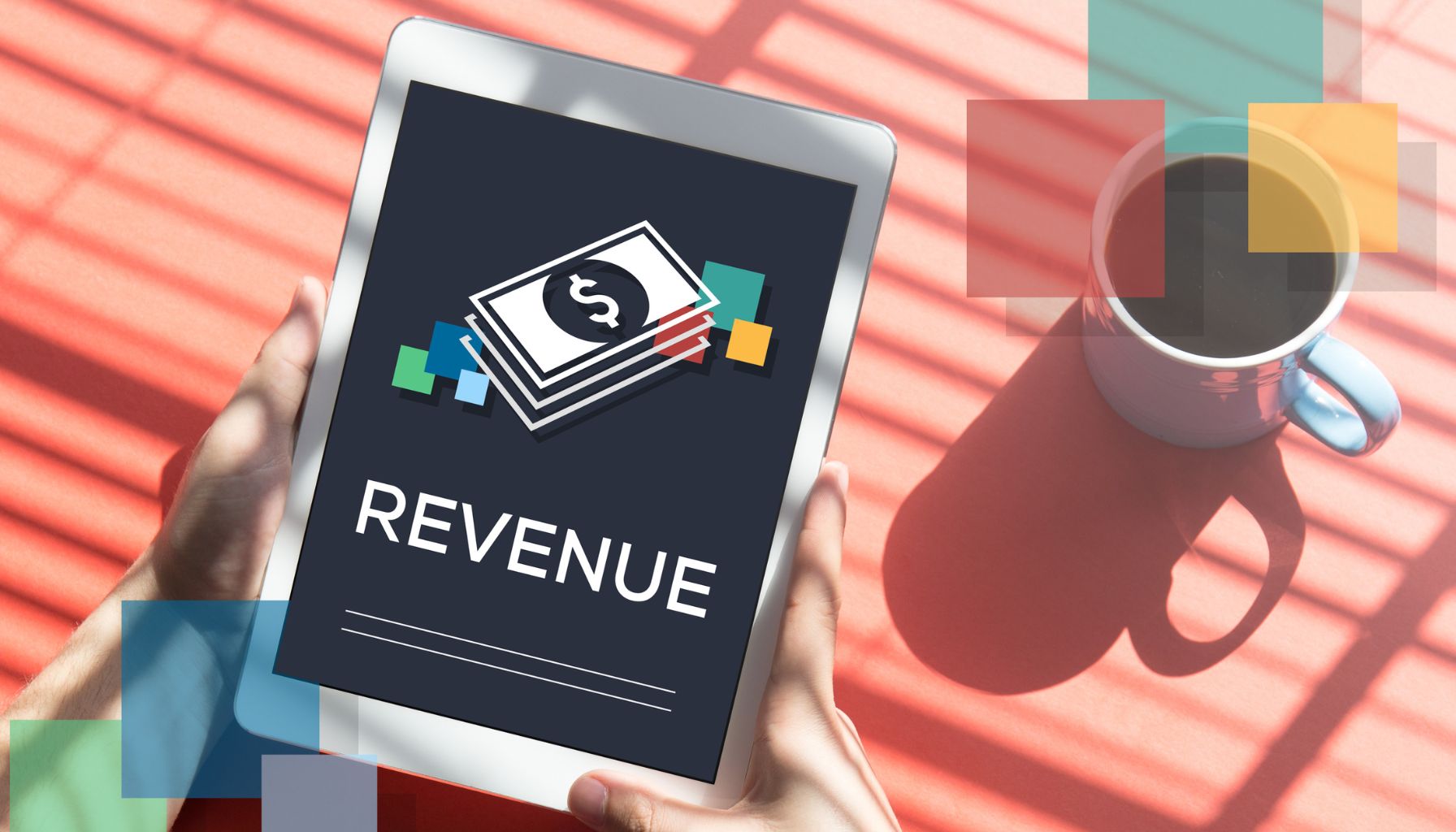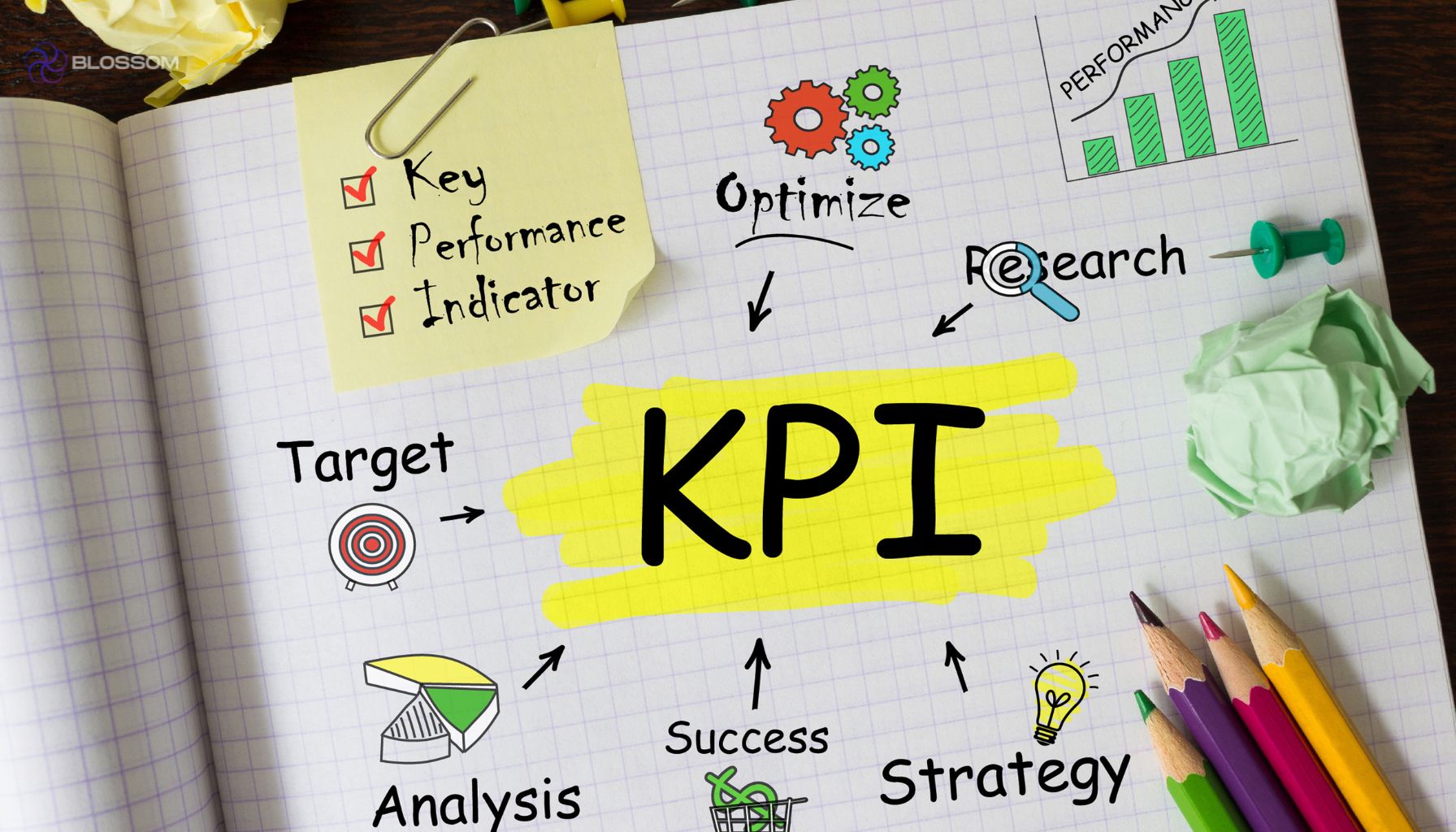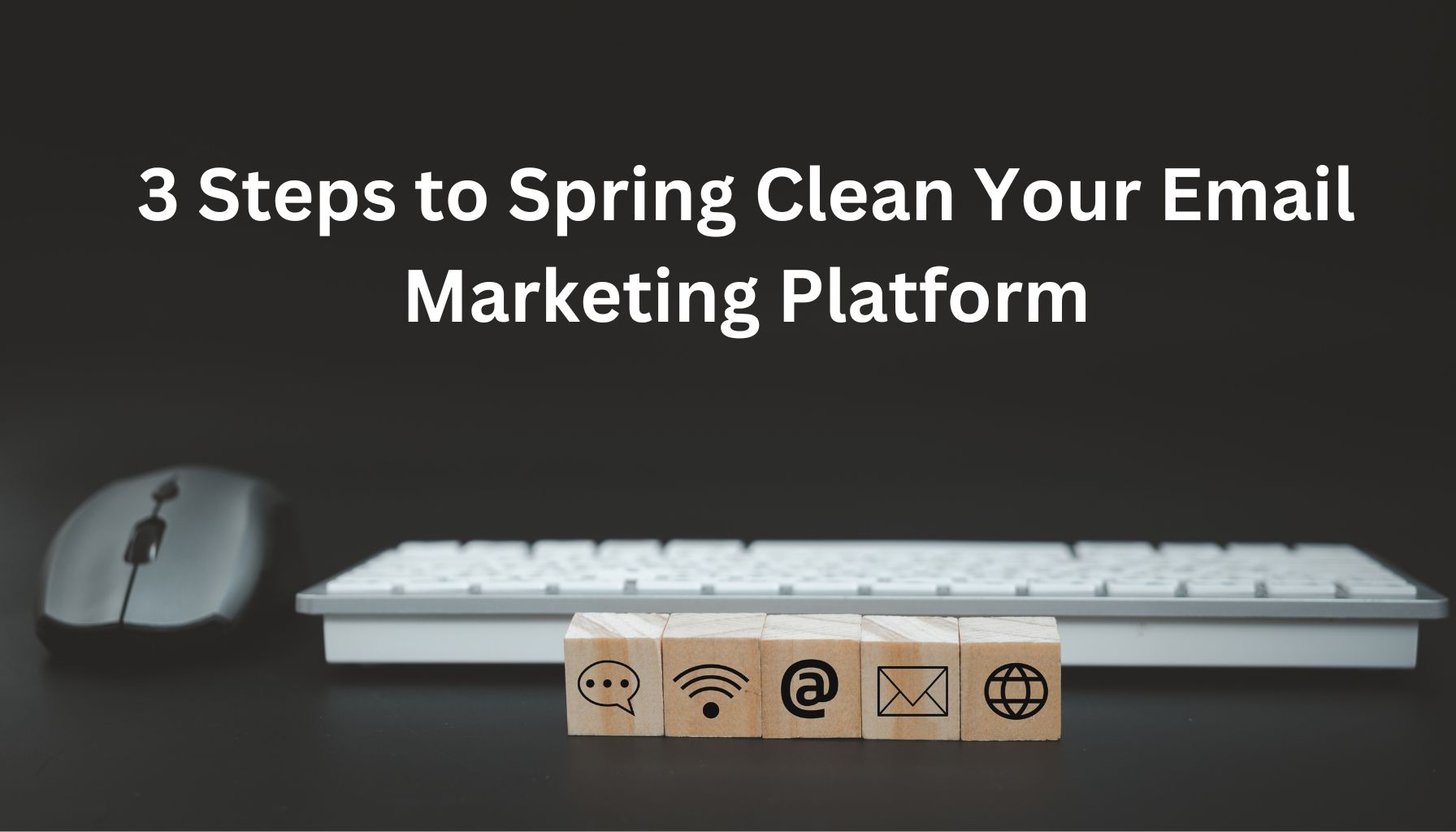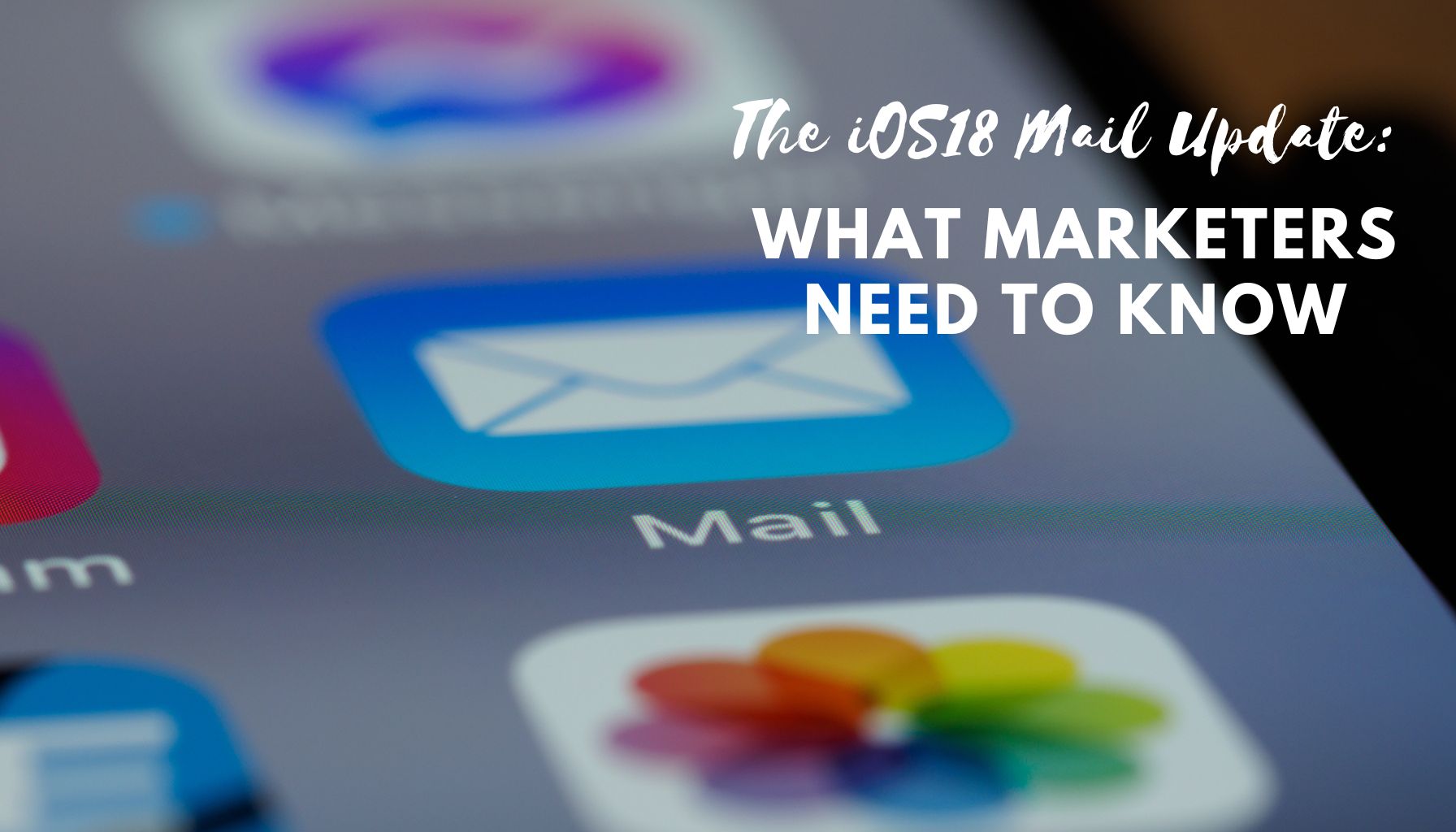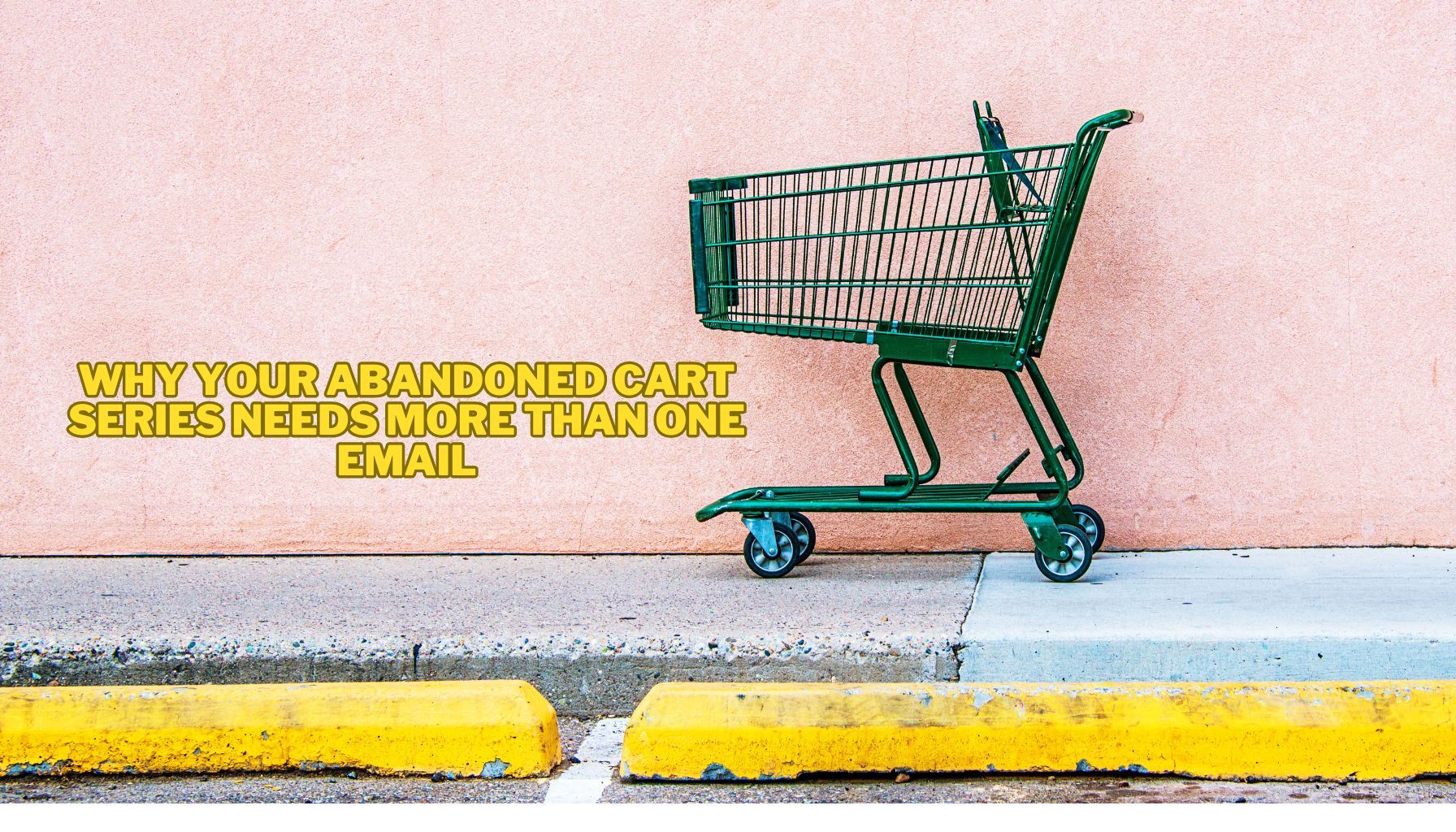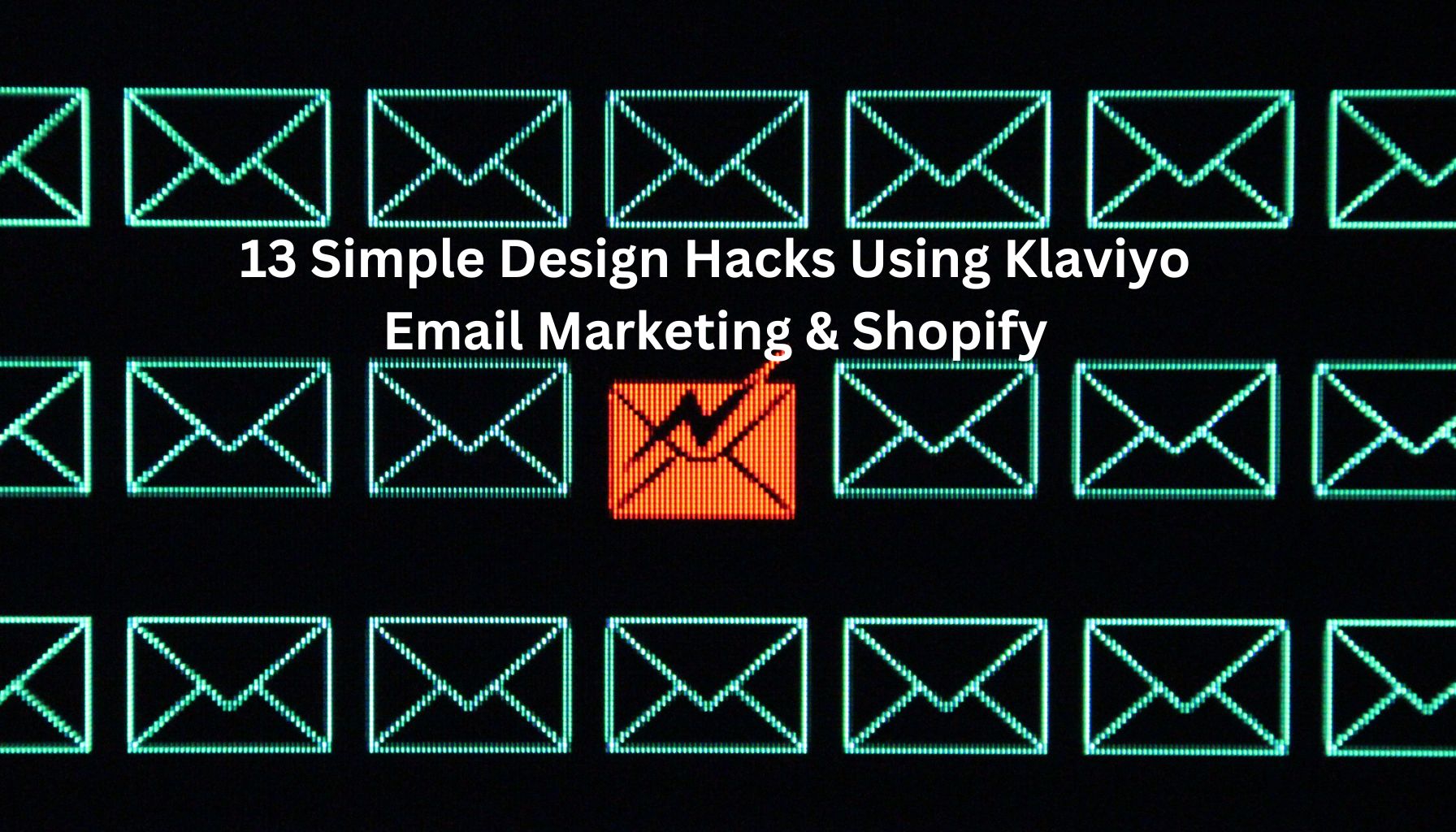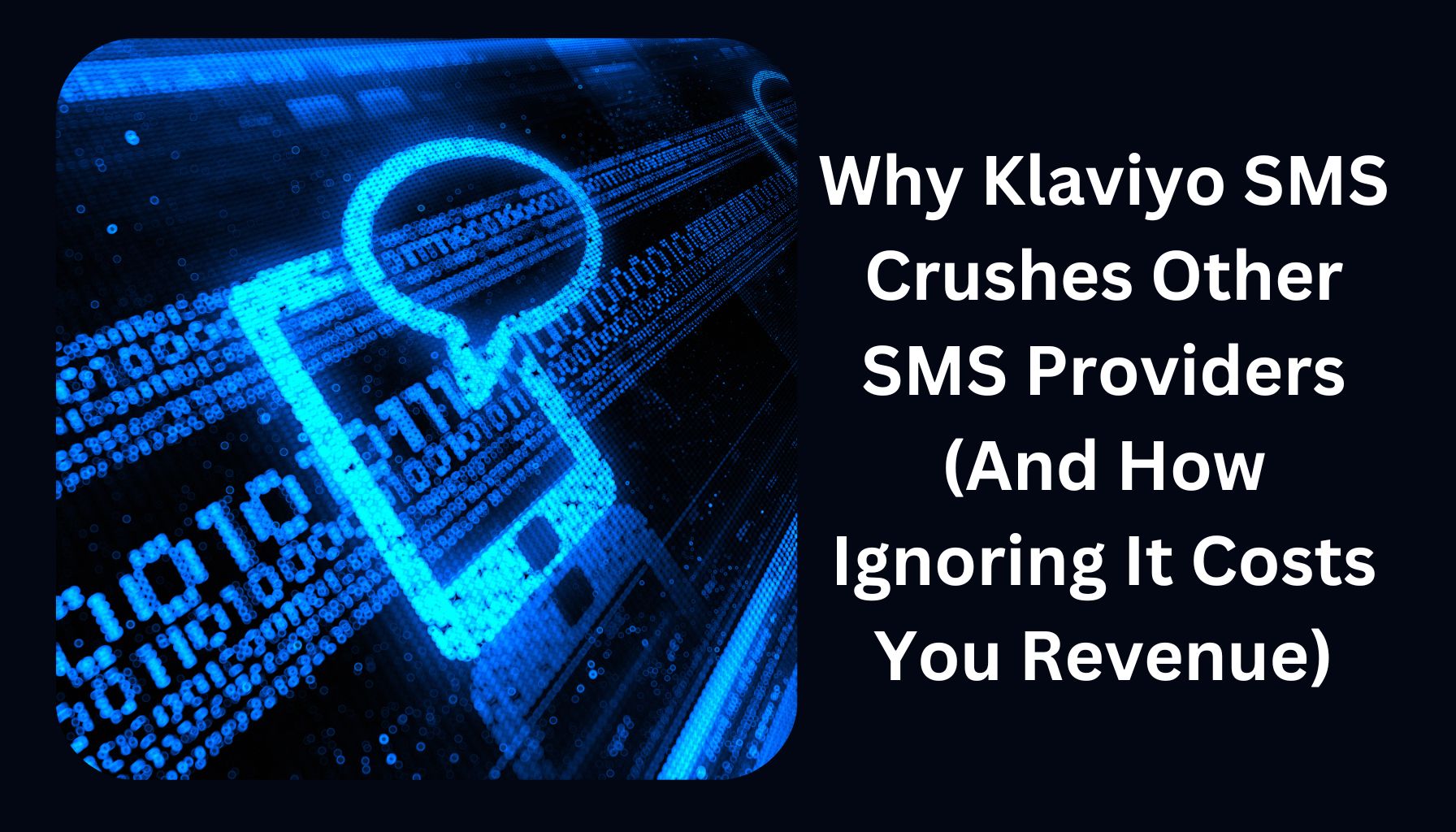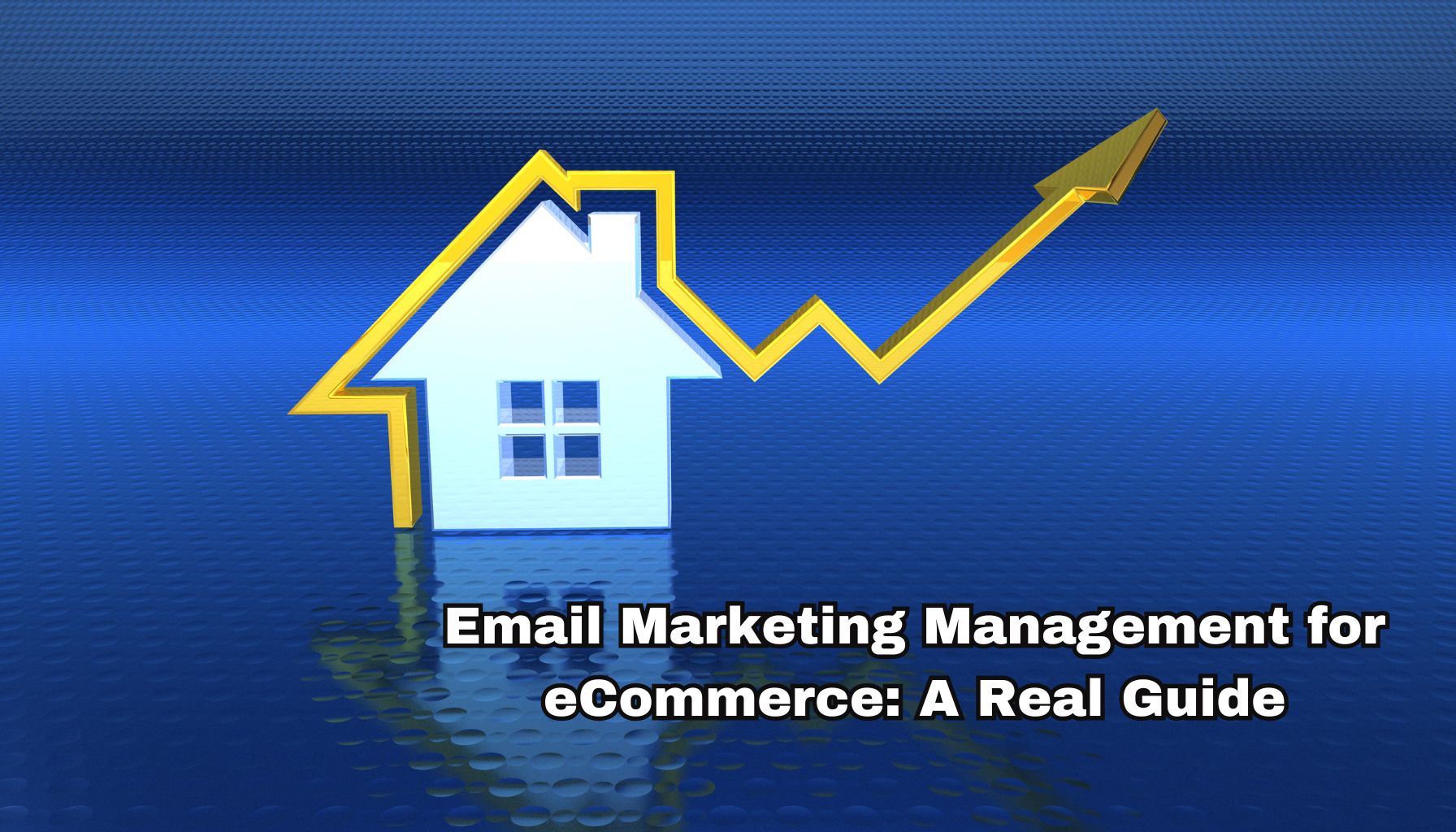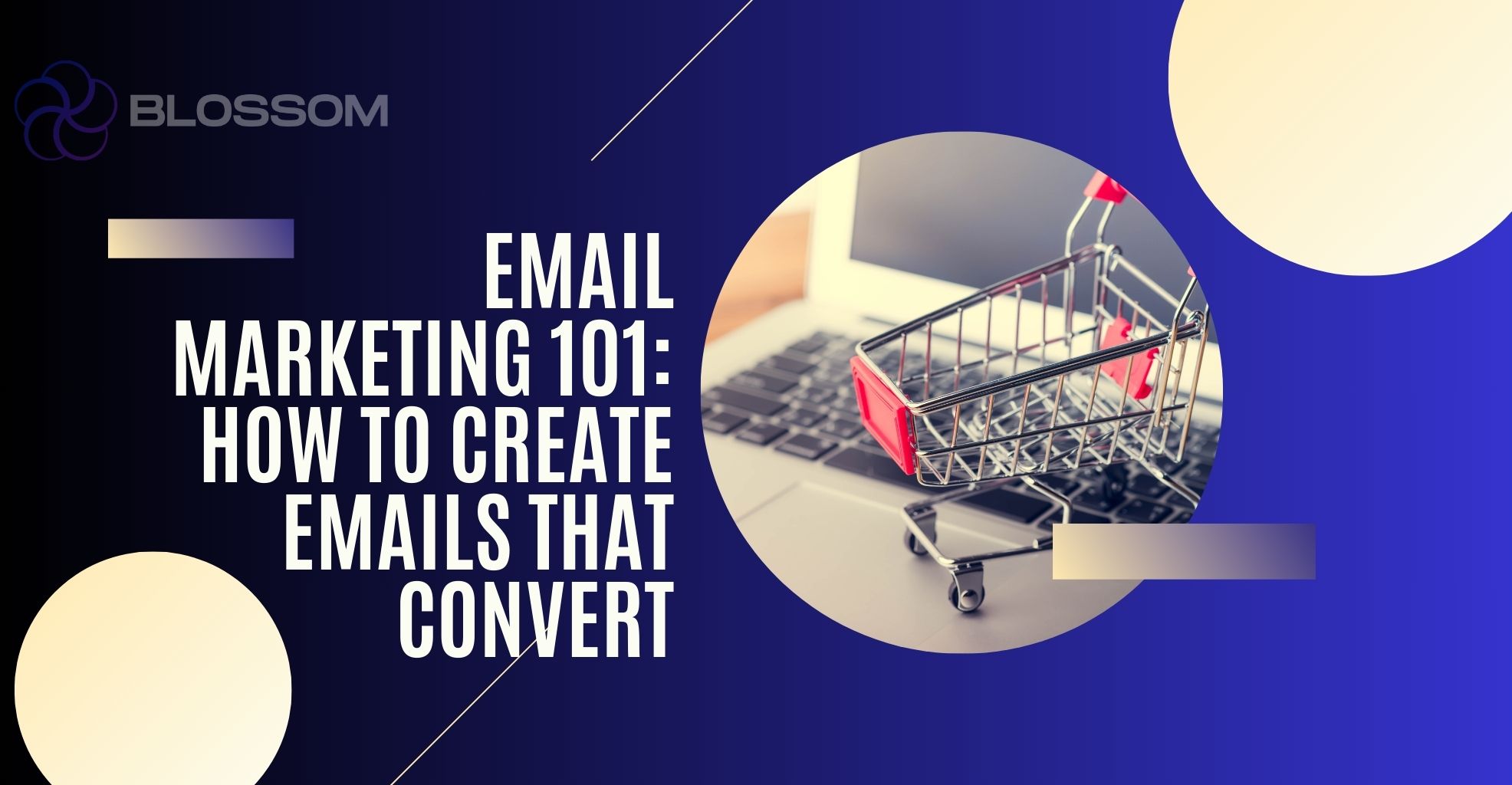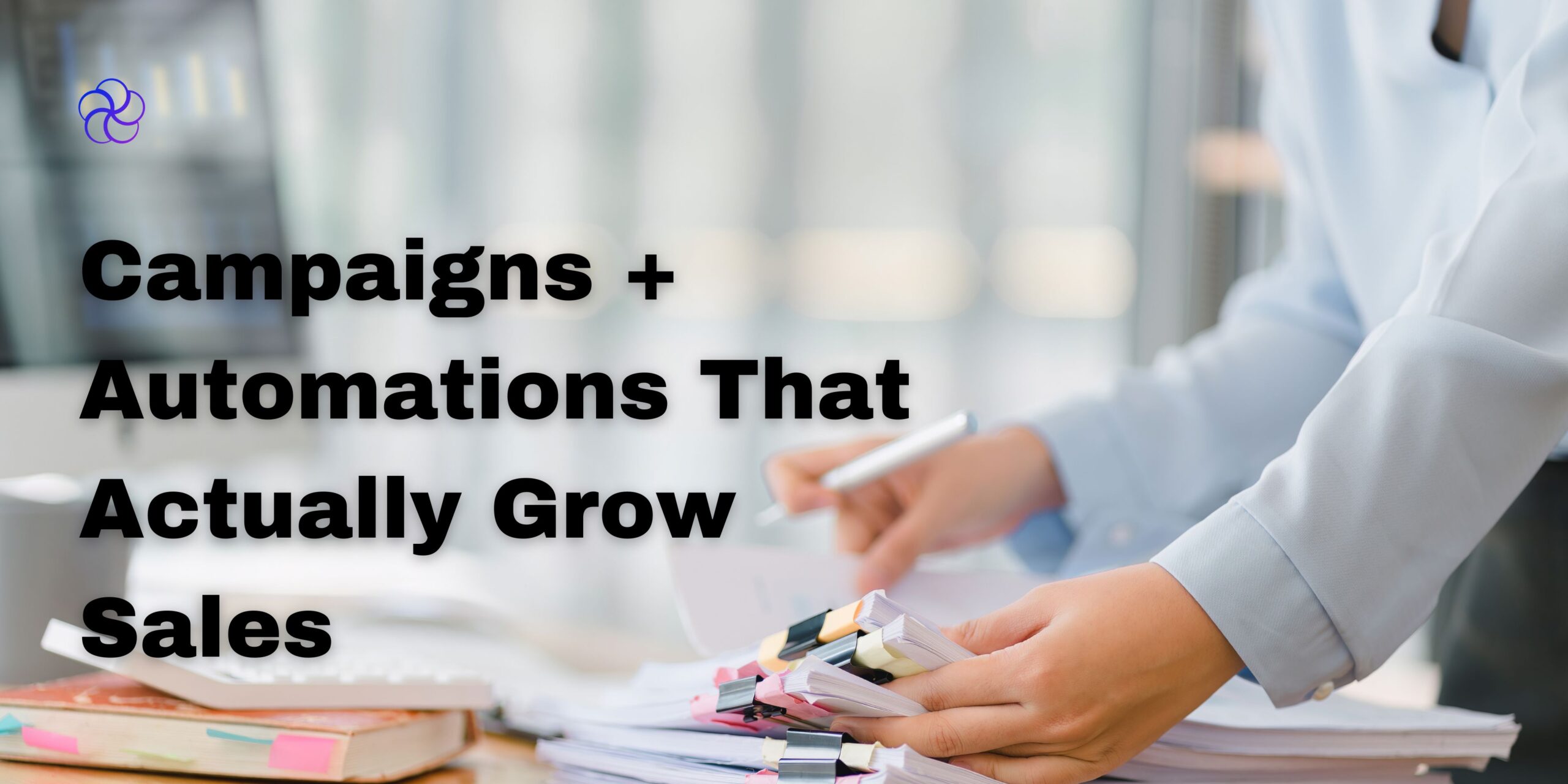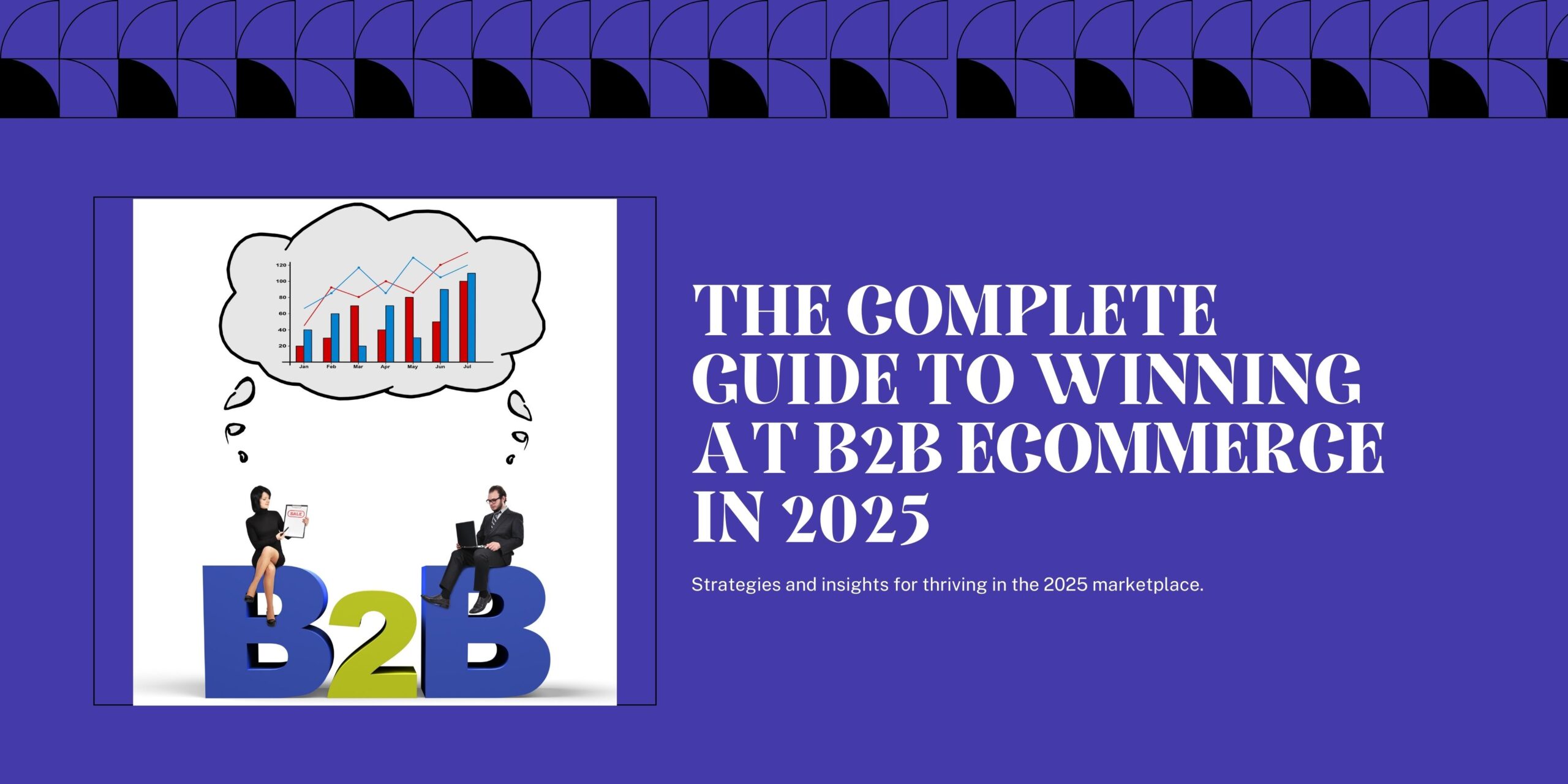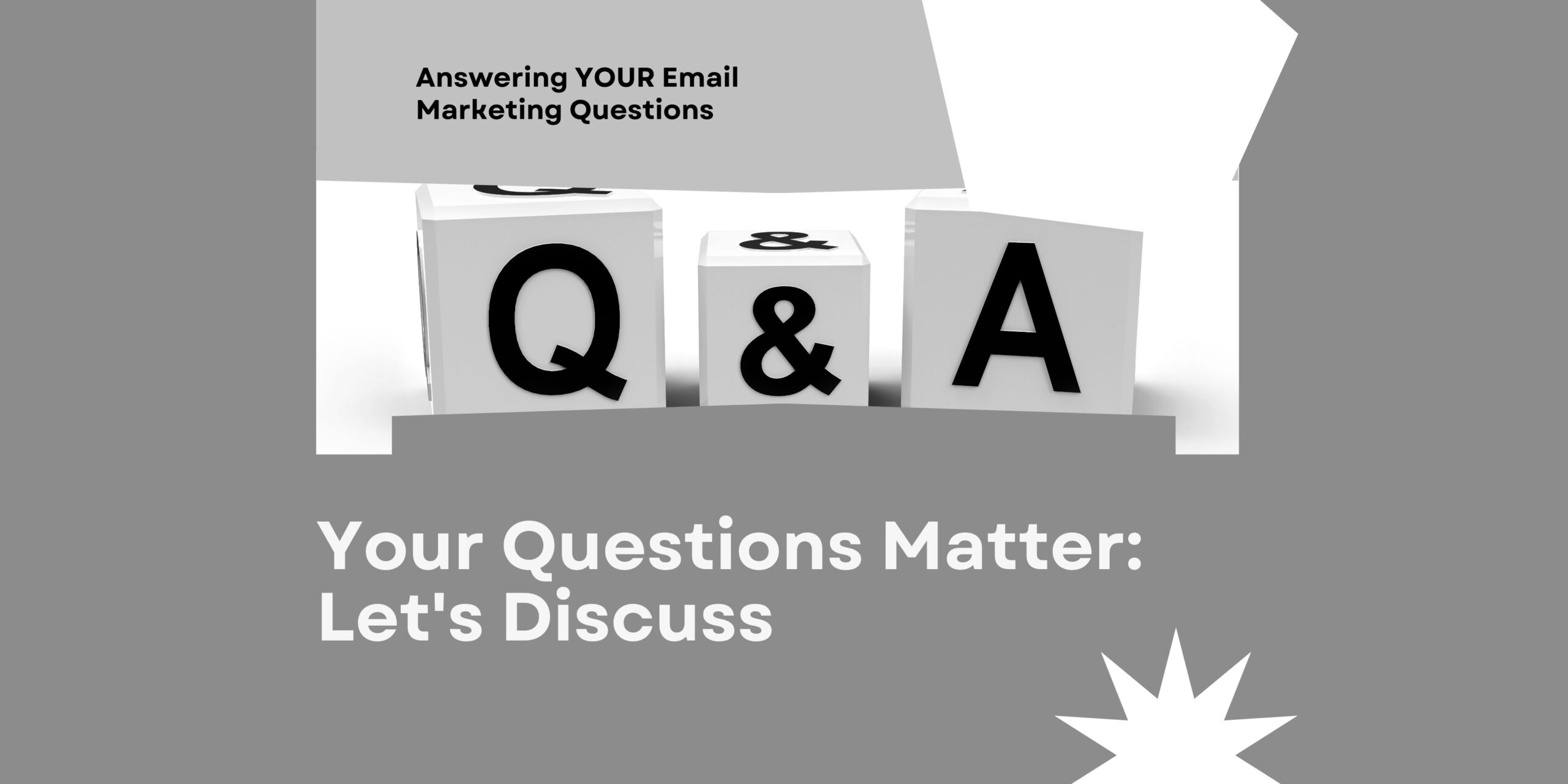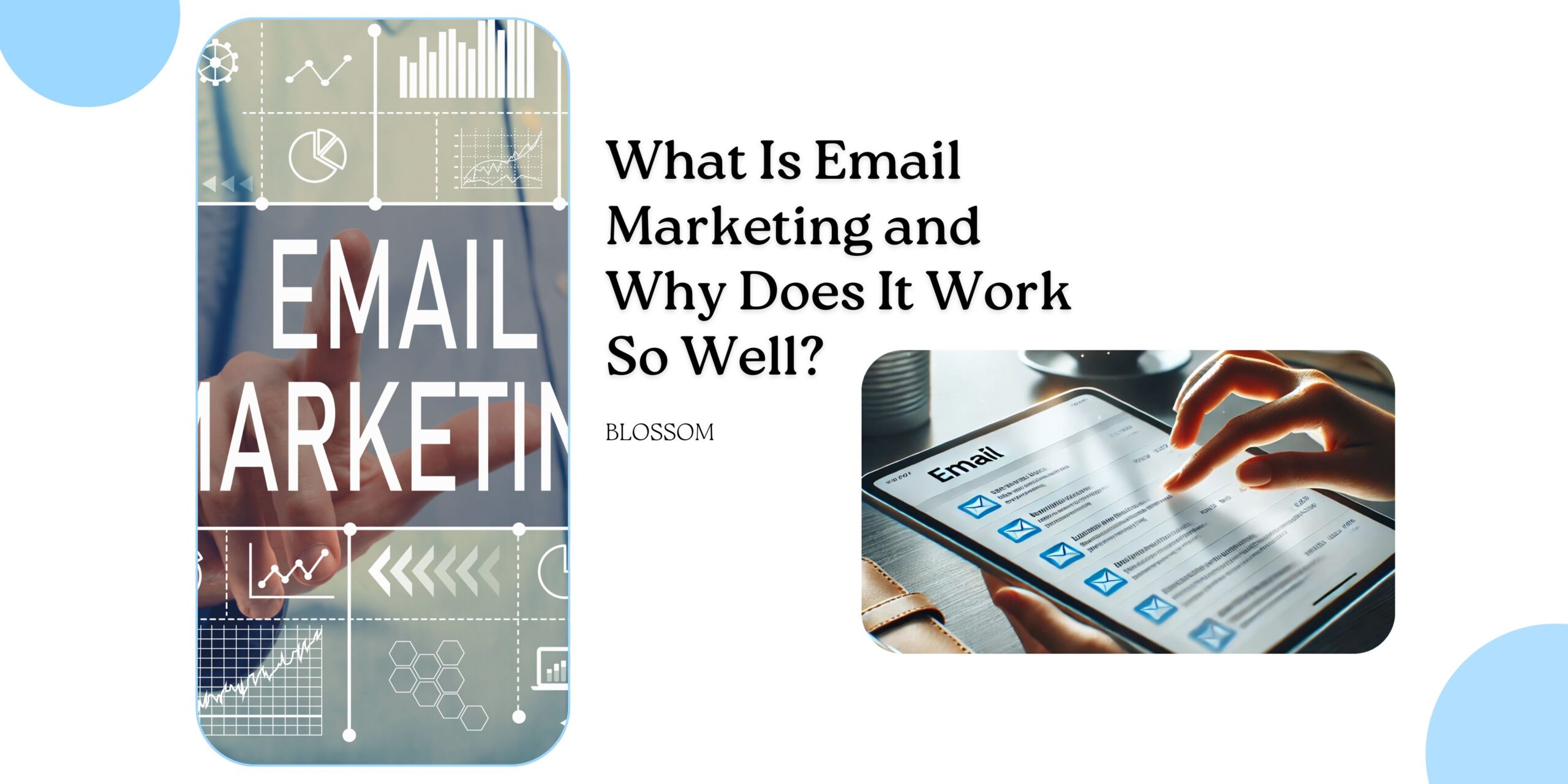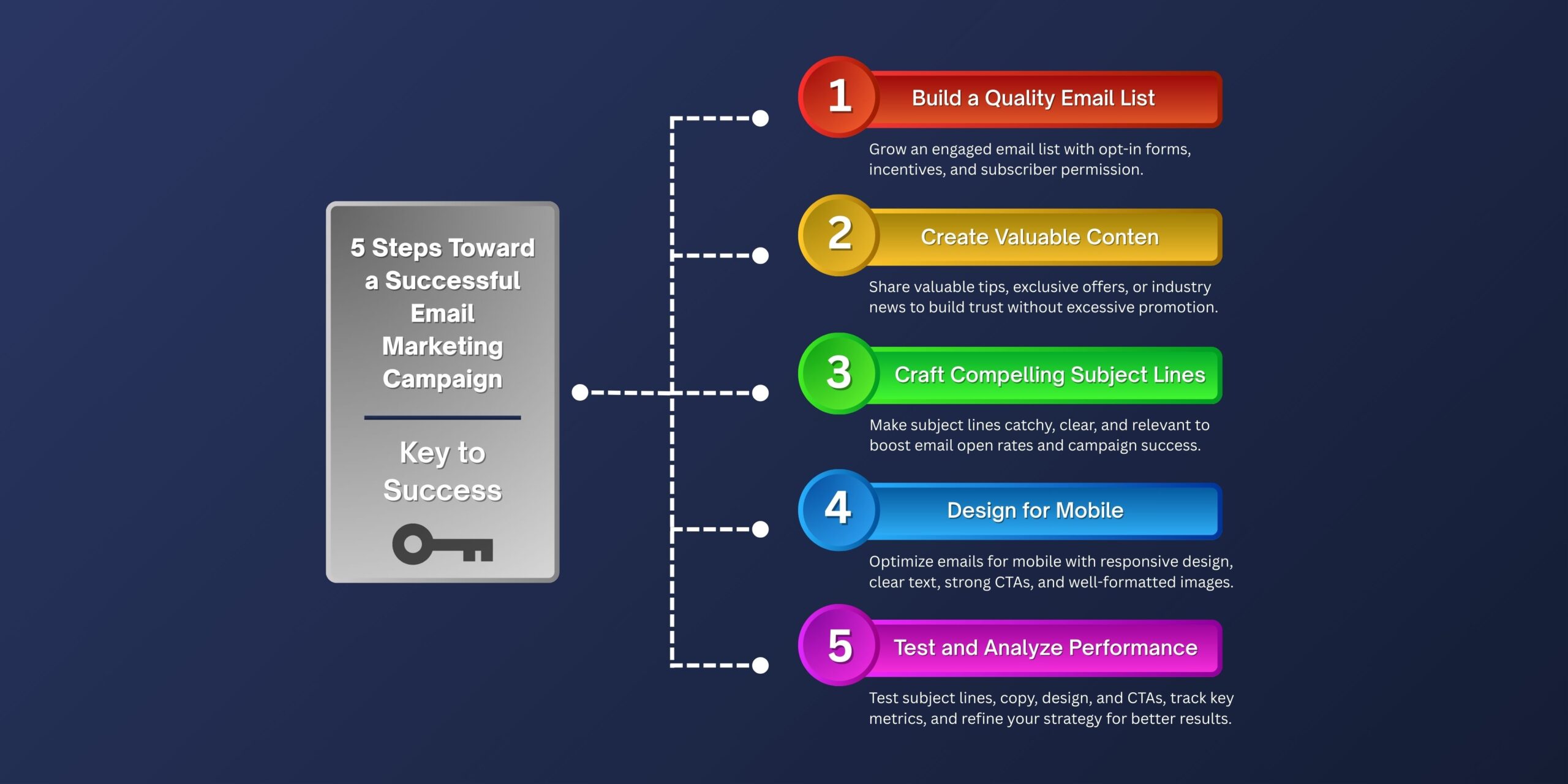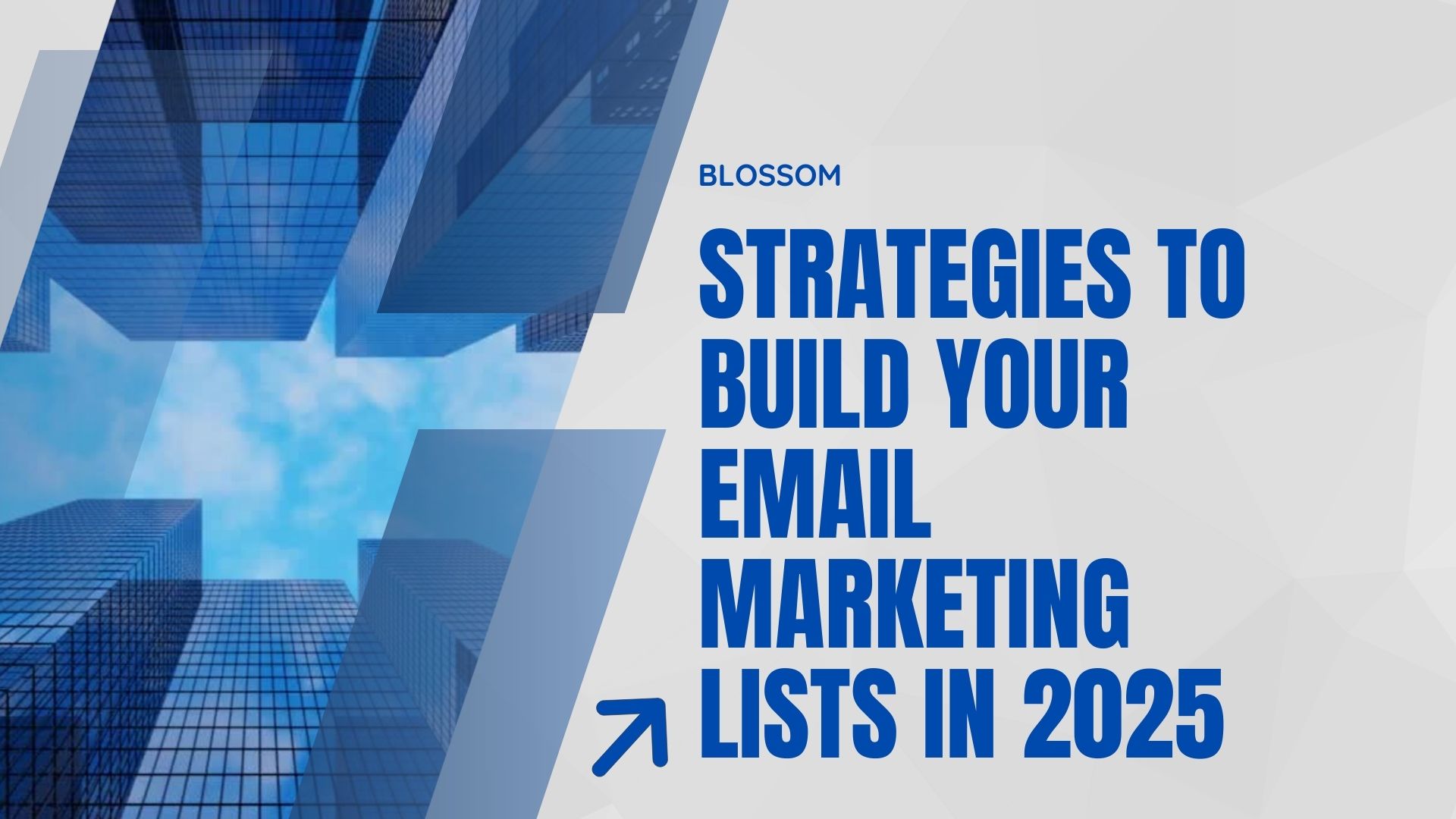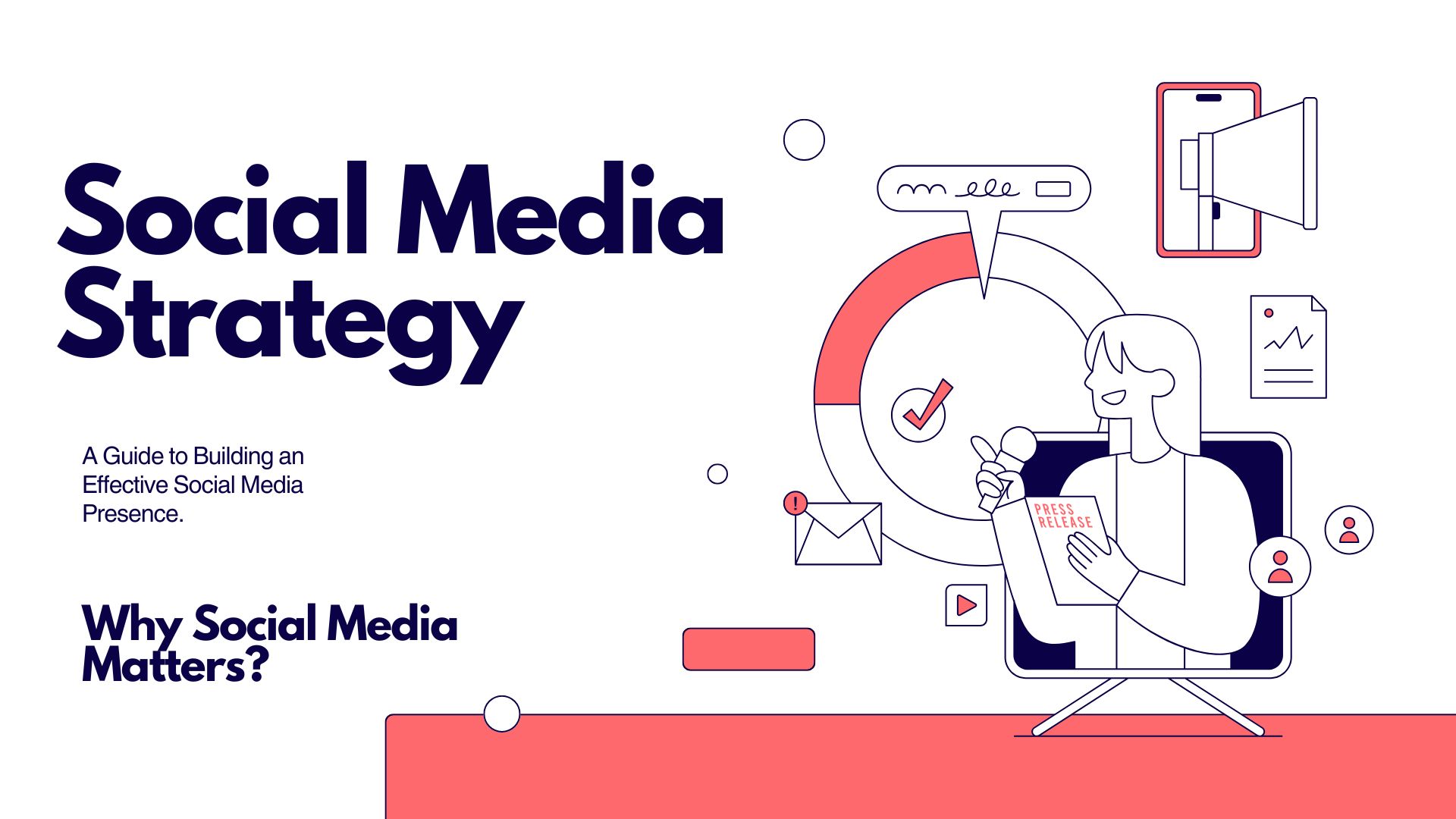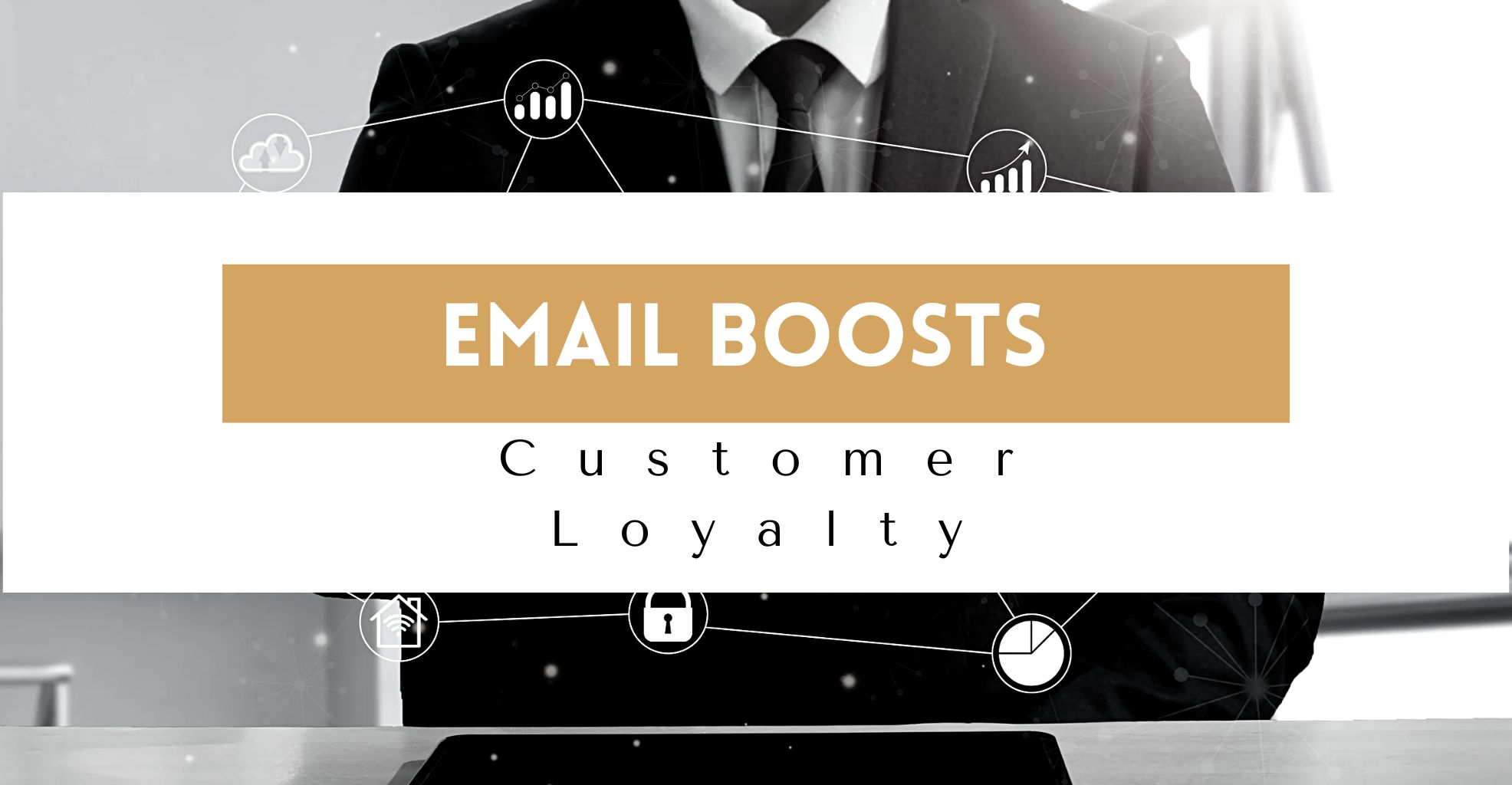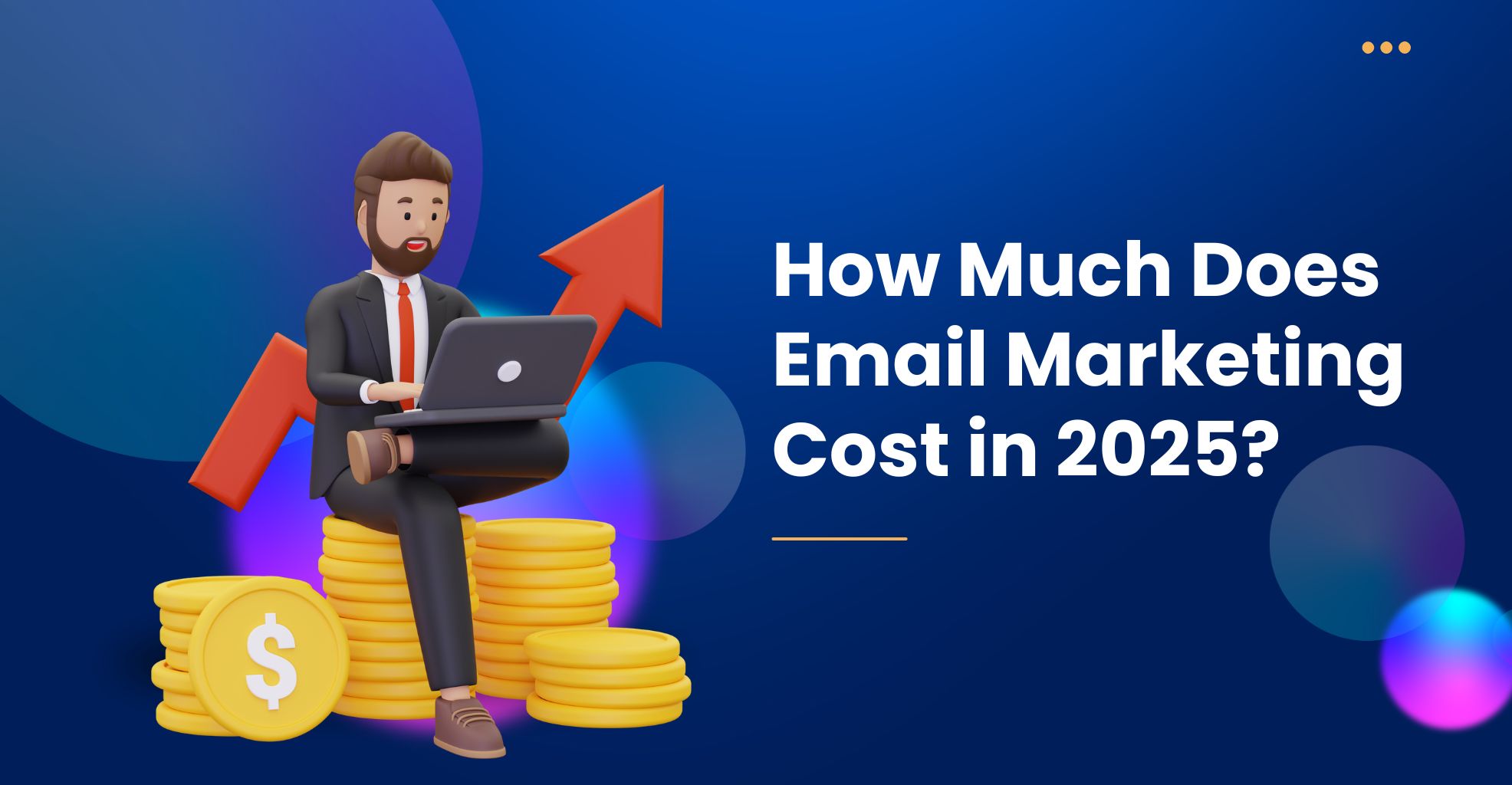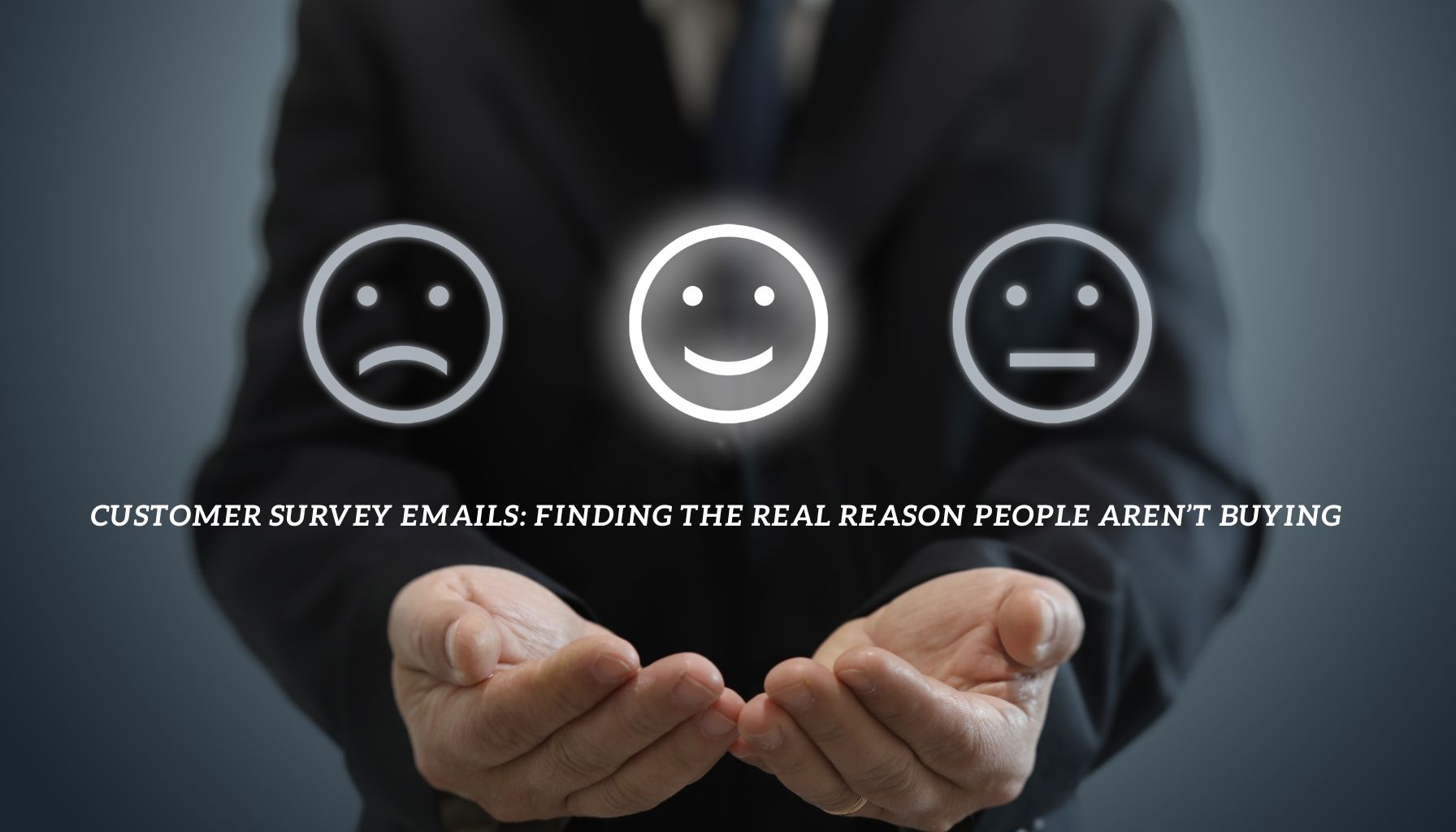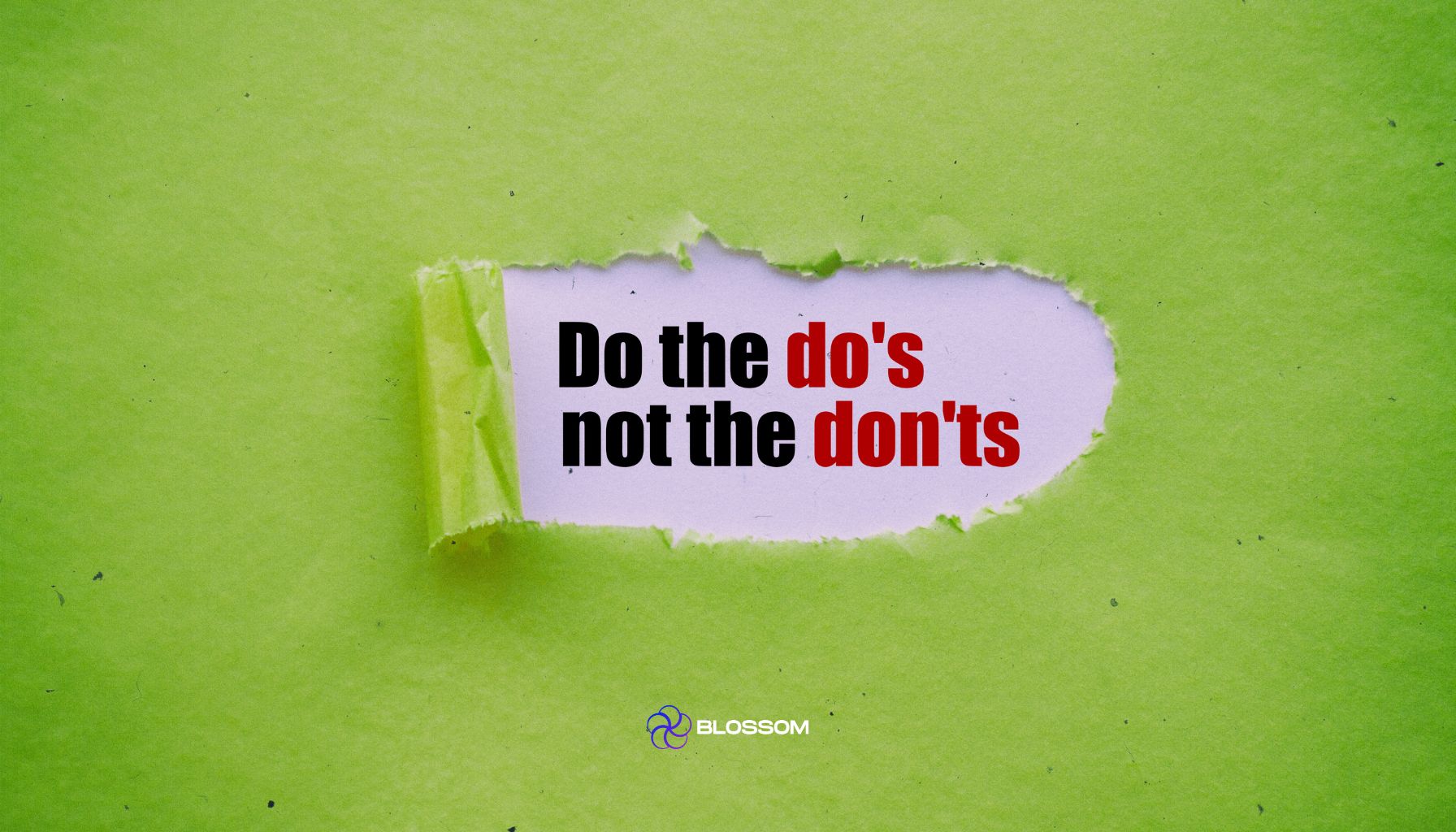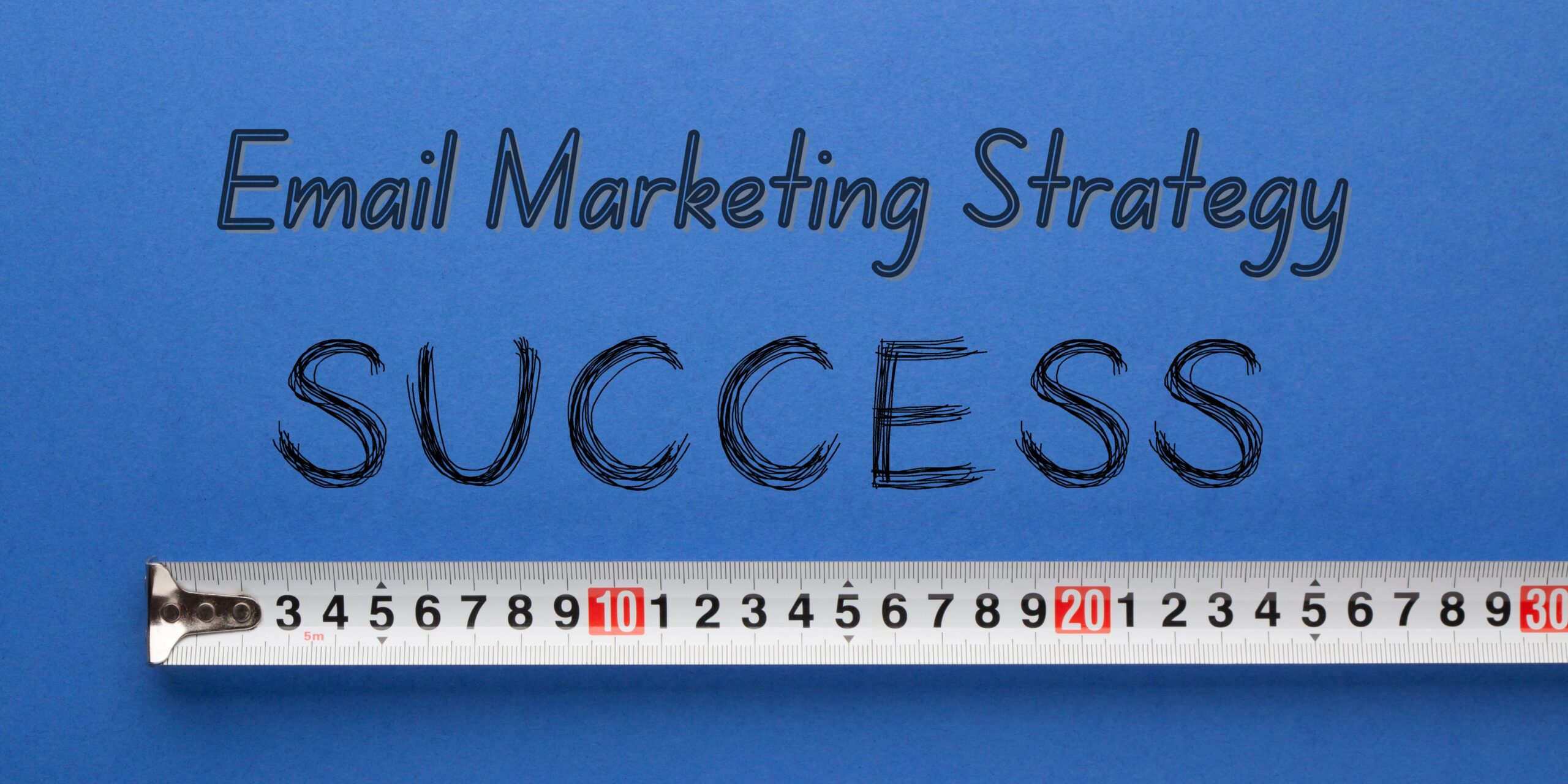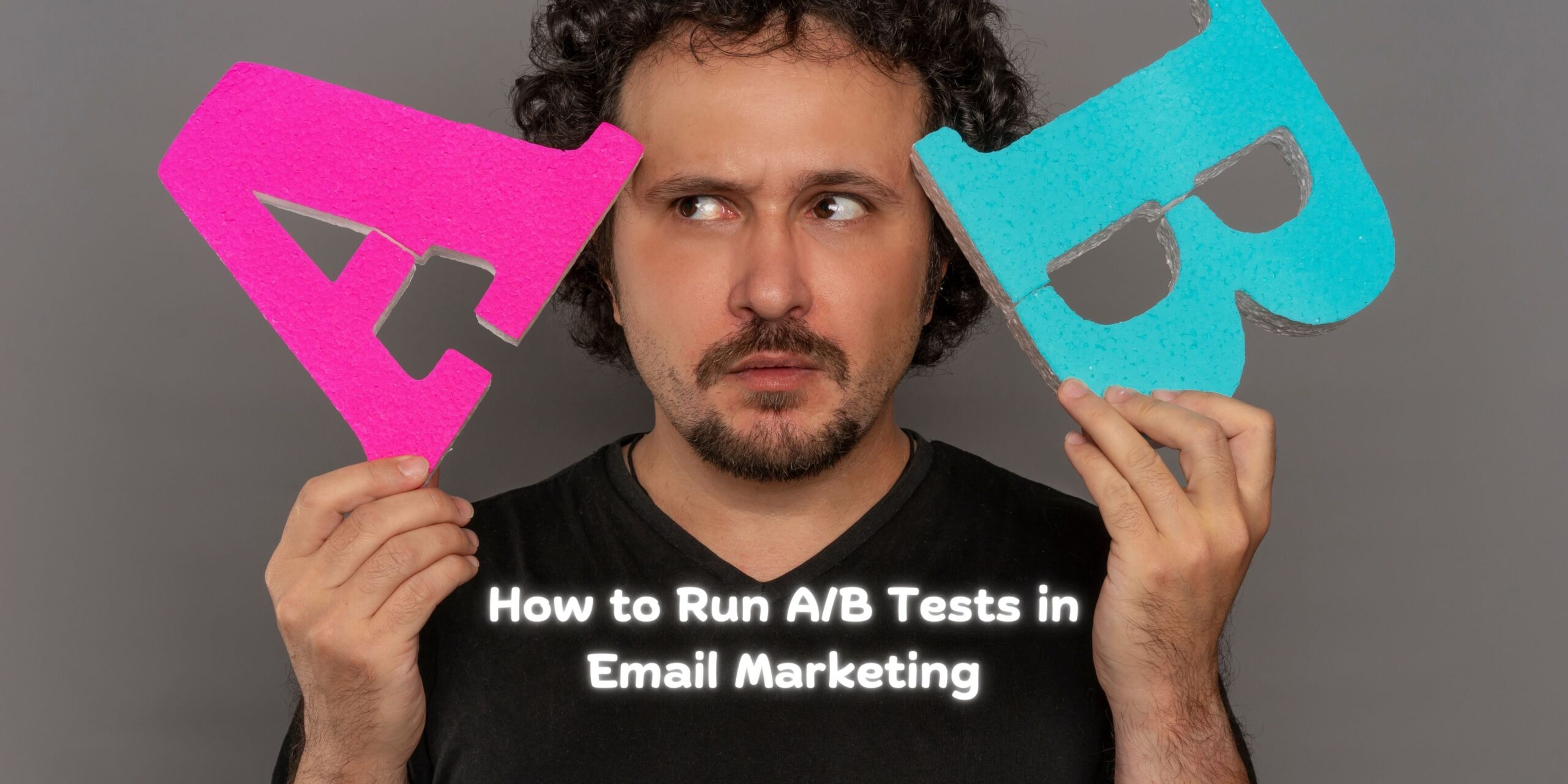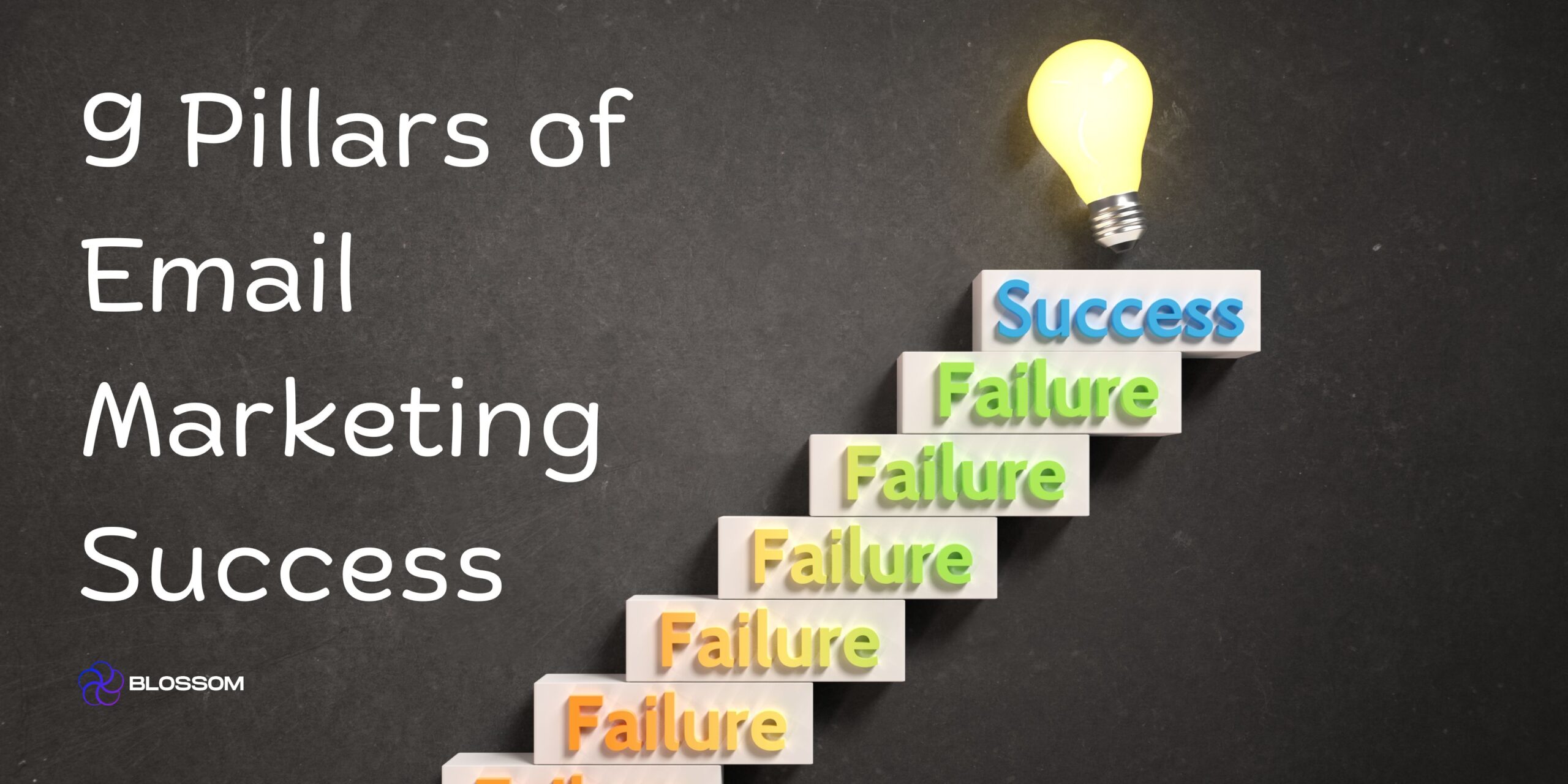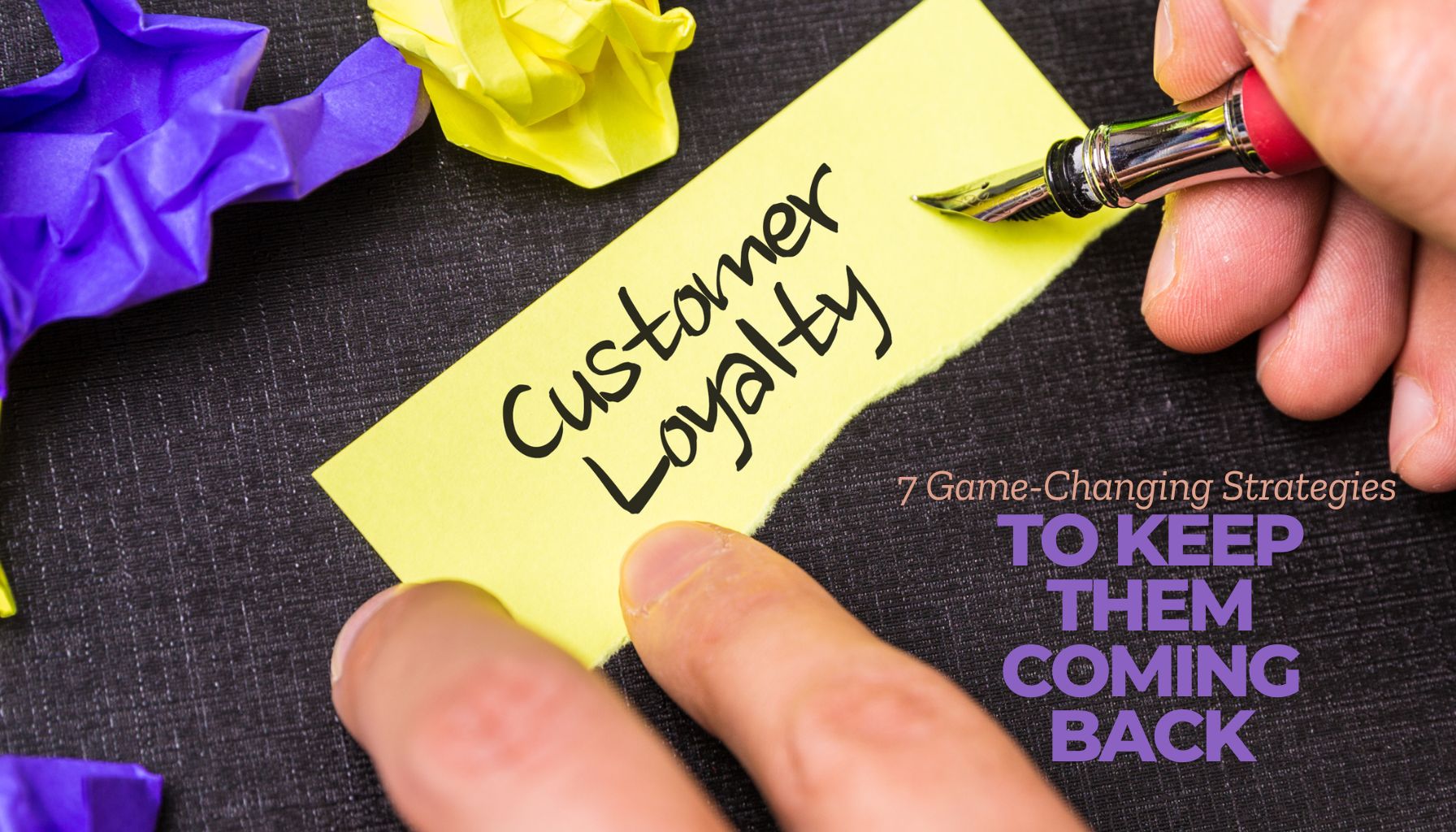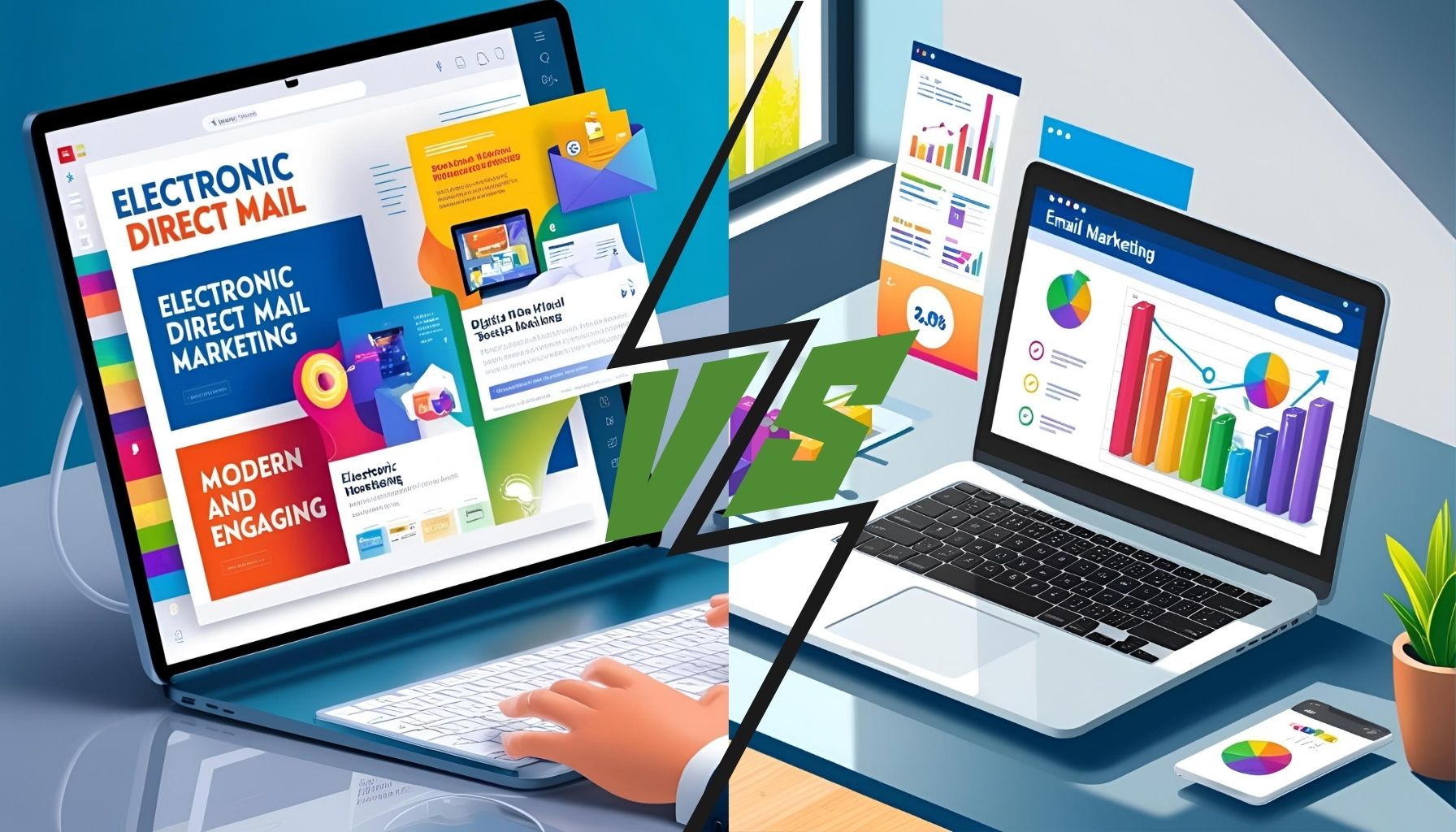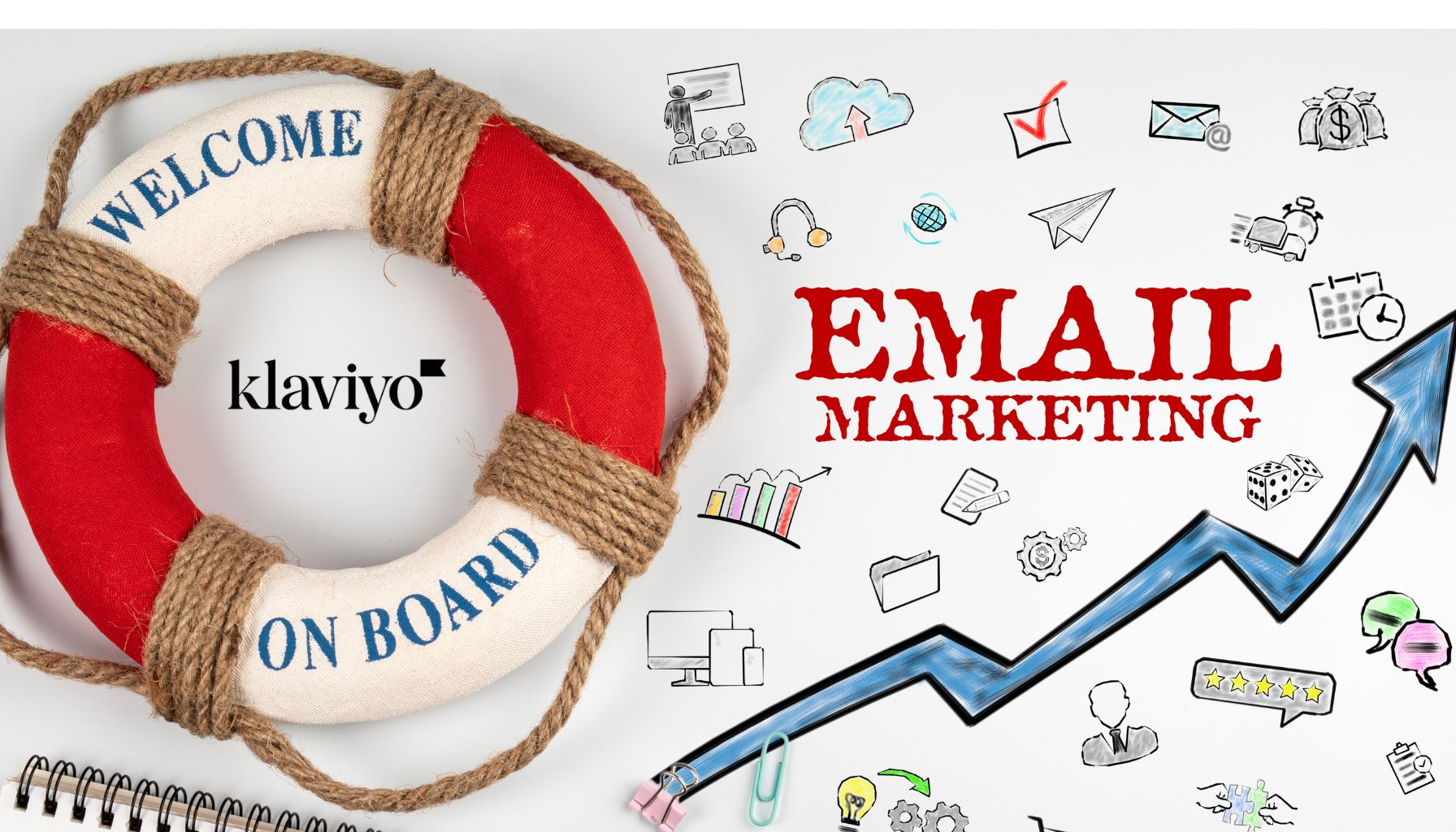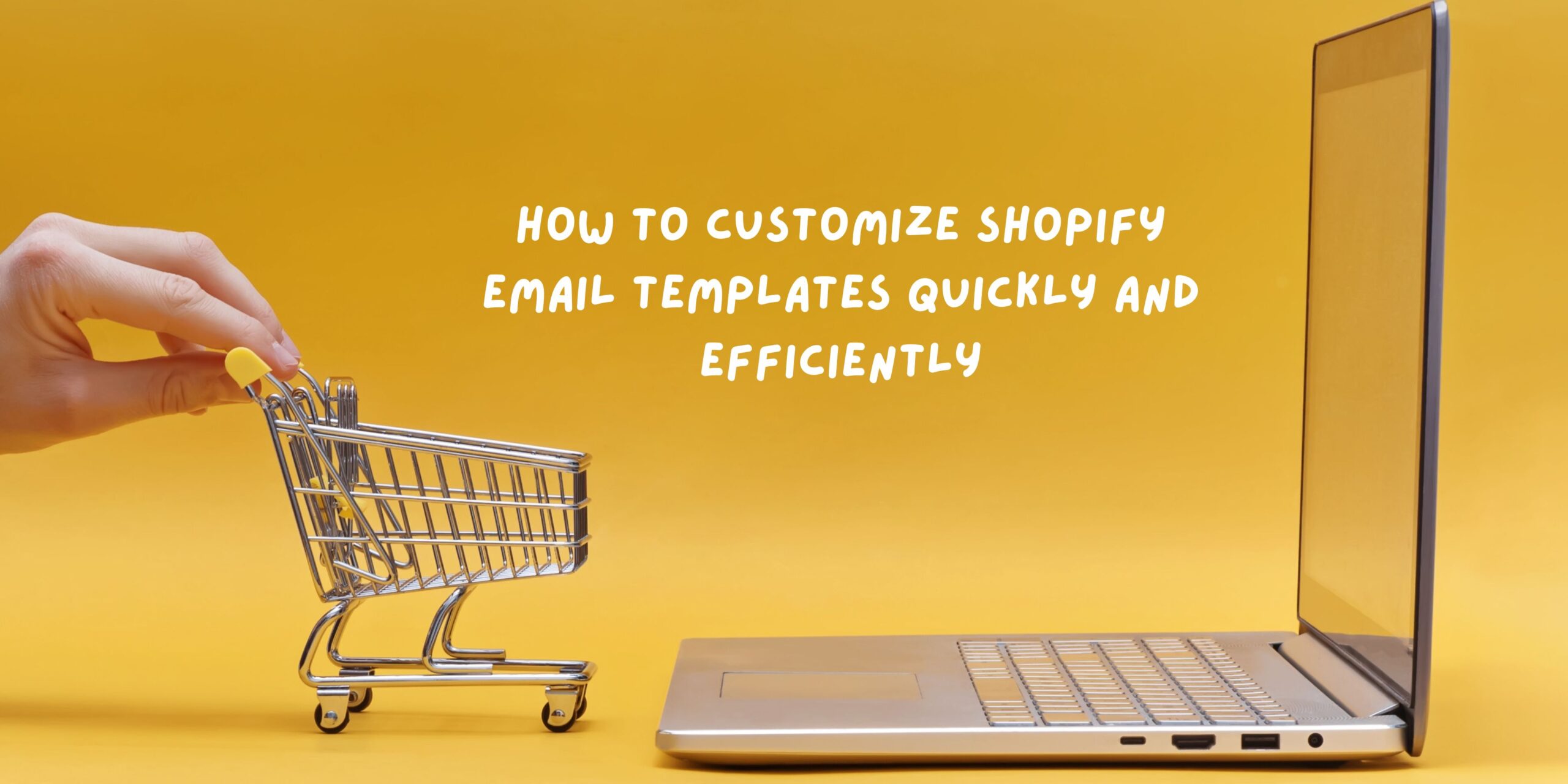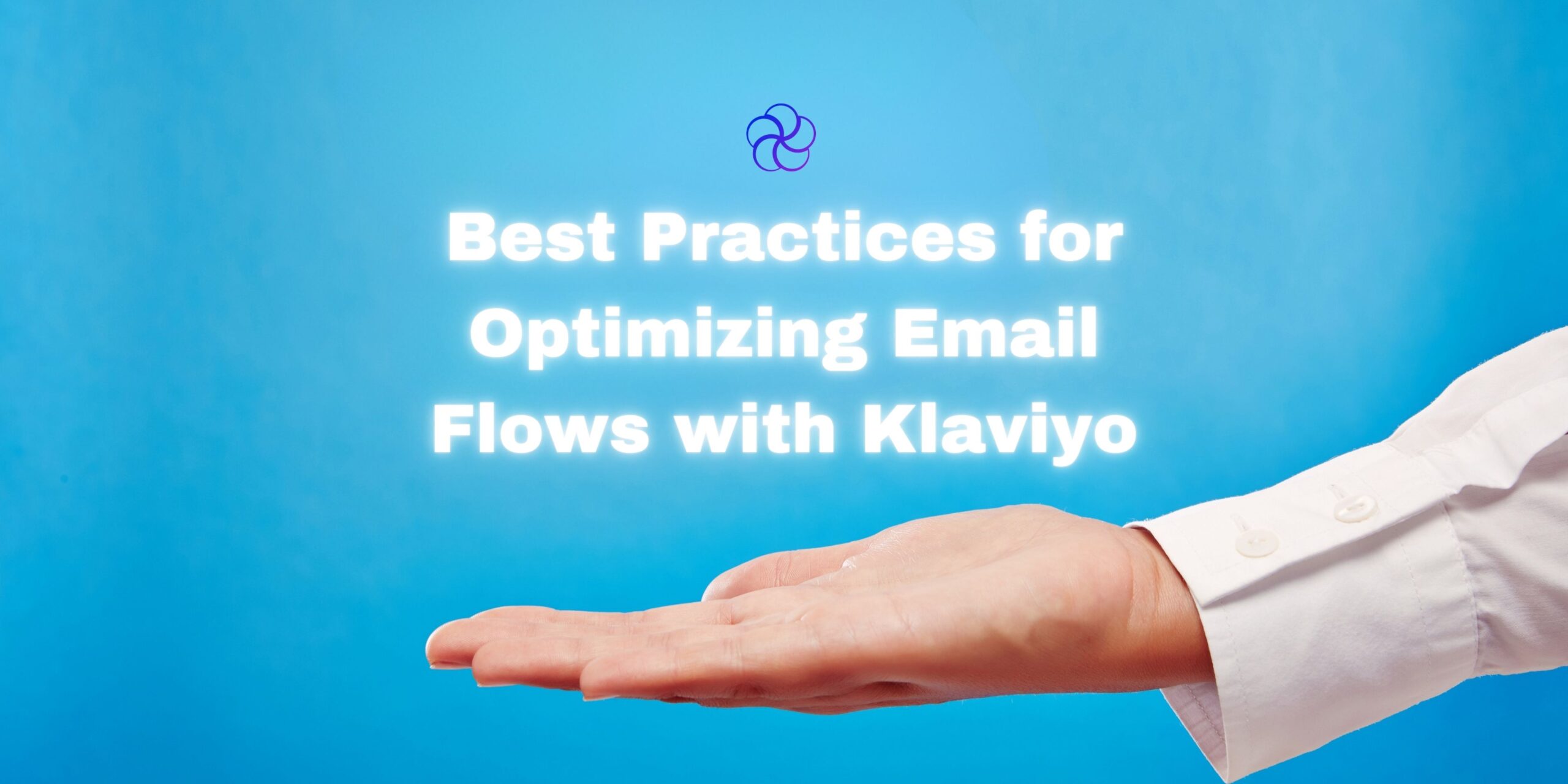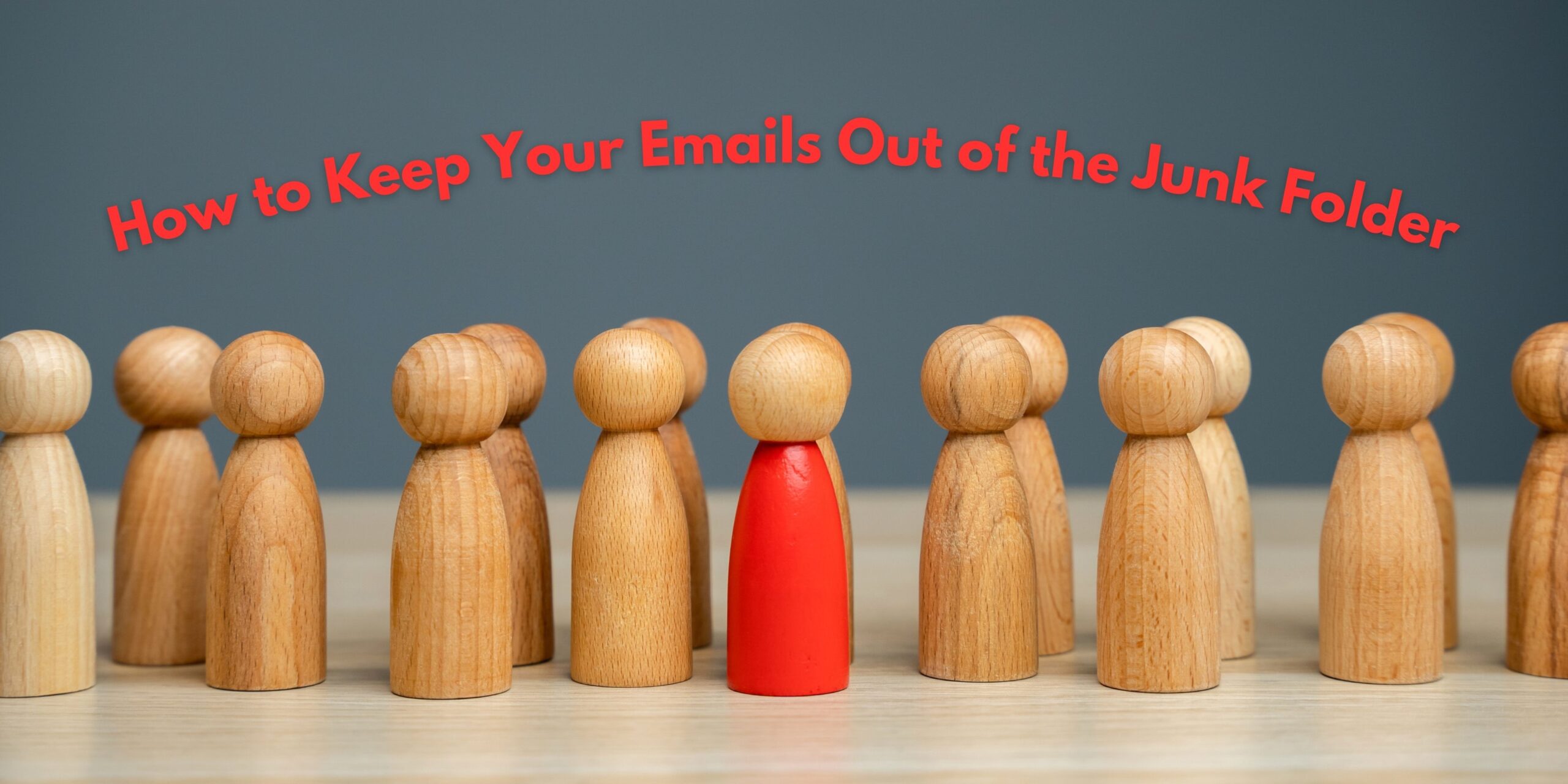Glossary
| Term | Definition |
|---|---|
| Blacklist | A list of IPs or domains flagged for sending spam; getting blacklisted severely damages your email deliverability. |
| Spam Trap | Fake or dormant email addresses used to catch bad senders; emailing them harms your sender reputation. |
| Pristine Spam Trap | A spam trap email address that has never belonged to a real person and has never opted in—purely created to catch unsolicited emails. |
| Recycled Spam Trap | A previously active email address that was abandoned, then reactivated by ISPs to catch senders with poor list hygiene. |
| Sender Reputation | A score assigned by ISPs that reflects your sending practices; it impacts your ability to land in inboxes instead of spam folders. |
| Deliverability | The ability of your emails to reach the intended recipients’ inboxes rather than being filtered into spam folders. |
| Double Opt-In | A process where a user subscribes and then confirms the subscription through a verification email, ensuring higher engagement and list quality. |
| Bounce Rate | The percentage of emails that fail to deliver—either temporarily (soft bounce) or permanently (hard bounce)—due to invalid addresses or blocks. |
| Sunset Policy | A set of guidelines for gradually removing or suppressing inactive or unengaged subscribers to maintain list health and deliverability. |
Why Email Deliverability is Everything
Email marketing is only effective if people actually see your emails.
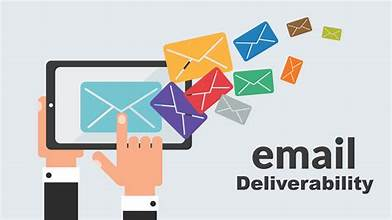
You can have the best copy, best design, best timing—but if your domain is blacklisted or your lists are crawling with spam traps, it’s game over.
Let’s break it down and give you a rock-solid roadmap for staying out of spam purgatory.
What Are Blacklists?
Think of blacklists like digital “no-fly” lists for email. They’re databases used by inbox providers like Gmail and Outlook to block or reroute messages from known offenders.
Who Maintains Blacklists?
| Organization | Role |
|---|---|
| Spamhaus | One of the strictest, industry standard for blacklist data |
| SpamCop | Detects and reports spam in real-time |
| Barracuda | Includes spam filters, firewall, and email protection |
| SURBL | Focuses on URLs found in spam emails |
Getting blacklisted here = instant deliverability crash. Even a small list can lead to big problems.
How Do You End Up on a Blacklist?
- Sending emails to invalid or outdated addresses
- Triggering spam complaints from users
- Using purchased lists
- Poor list hygiene (sending to disengaged users)
- Spamming without permission
Once flagged, your IP or domain could get permanently blocked from major inboxes.
What Are Spam Traps?
Spam traps are essentially booby traps for lazy marketers.
ISPs and blacklist organizations plant them to monitor who’s playing dirty. If you hit one, it shows you’re either buying lists, scraping emails, or not maintaining proper hygiene.
Two Types of Spam Traps:
| Type | What It Means | Risk |
|---|---|---|
| Pristine | Never opted-in, hidden from the public | Major violation, high blacklist risk |
| Recycled | Once real, now dormant, repurposed by ISPs | Moderate risk, flag for poor list hygiene |
Consequences of Hitting Spam Traps:
- Lowered sender score
- Blacklisted domain/IP
- Emails routed directly to spam or rejected altogether
- Long-term damage to brand trust with mailbox providers
How to Avoid Blacklists and Spam Traps
Avoiding traps isn’t magic—it’s about methodical, best-practice marketing. Here’s how to stay safe.
1. Only Send to People Who Opted In
No gray areas. Only email users who:
- Signed up via your site
- Opted in through a verified partner
- Double confirmed subscription (more on that below)
Never buy, rent, or scrape lists. Those shortcuts destroy long-term deliverability.
2. Clean Your List Regularly
Use your ESP’s engagement filters to remove:
- Emails with no opens/clicks in 90+ days
- Hard bounces
- Unsubscribes or complaints
Set up automated list hygiene workflows using platforms like Klaviyo or ActiveCampaign.
3. Honor Unsubscribes Immediately
Legally and ethically, you must offer a clear, one-click unsubscribe option in every email.
Failure to do so puts you at risk for:
- Spam complaints
- Fines under CAN-SPAM, GDPR, and CASL
- Harder inbox placement
4. Use Double Opt-In
Double opt-in helps ensure your list contains real, interested humans. It prevents:
- Mistyped emails
- Bots and spam accounts
- Legal exposure from unsolicited messaging
Pro tip: Use progressive opt-ins—capture name, email, and then offer SMS.
5. Monitor Your Sender Reputation
Use tools like:
- Google Postmaster Tools
- SenderScore by Validity
- Talos Intelligence Reputation Center
These platforms show:
- Spam complaint rate
- Bounce rate
- IP reputation
- Inbox placement
Keep sender score above 80 for optimal deliverability.
6. Segment Based on Engagement
| Segment | Frequency |
|---|---|
| Highly Engaged | 3–5x/week |
| Recently Engaged (30–60 days) | 1–2x/week |
| Dormant (60+ days) | 1x/month or re-engagement only |
Reduce send frequency to disengaged subscribers to avoid spam signals.
7. Use a Sunset Policy
Create an automated flow that:
- Warns users after 60 days of no activity
- Offers a win-back incentive
- Removes them after 90 days if they stay cold
Keep your email list lean, not bloated. It’s quality over quantity.
Advanced Deliverability Best Practices
| Practice | Description |
|---|---|
| SPF, DKIM, DMARC | Authenticate your domain so mailbox providers trust your sending |
| BIMI (Brand Indicators) | Show your logo in inboxes—boosts trust |
| Dedicated IP Address | Avoid other brands damaging your sender score |
| Consistent Sending Patterns | Sudden spikes = red flag |
| Pre-send QA | Test every campaign with Inbox Inspector, Litmus, or Email on Acid |
Signs You May Be Blacklisted
| Symptom | Possible Cause |
|---|---|
| Sudden drop in open rates | Blocked by major ISPs |
| Increased bounce rate | Sending to invalid/spam trap emails |
| No inbox visibility on Gmail/Outlook | Domain is blacklisted |
| Your test emails never arrive | Server-level rejection |
How to Get Off a Blacklist (If You’re Already on One)
- Identify the list: Use MXToolbox, Talos, or MultiRBL lookup tools
- Audit your list hygiene: Remove inactive or suspicious emails
- Submit a delisting request: Go to Spamhaus or SpamCop with your case
- Fix the root issue: Don’t just clean once—establish a long-term fix
- Monitor closely: Track engagement and reputation weekly for 30–60 days
Pro Tip: Send plain-text “cleaning” emails to re-activate your audience before a re-engagement campaign.
What NOT to Do:
- Don’t switch domains without fixing the issue—it follows you
- Don’t argue with ISPs—submit, explain, and adapt
- Don’t send re-engagement campaigns to users who haven’t clicked in over a year
Frequently Asked Questions
1. What’s the fastest way to know if I’m blacklisted?
Use MXToolbox or Postmaster Tools. Check your domain and IP across multiple blacklist databases.
2. Should I always use double opt-in?
Yes. It reduces fake signups, improves list quality, and protects you from hitting spam traps.
3. What open/click rates indicate a list problem?
If your open rate is below 15% and CTR under 1%, you may have list quality or deliverability issues.
4. How often should I clean my email list?
At least once per quarter. High-volume senders should do it monthly.
5. Can I remove myself from a blacklist manually?
Yes—if you’ve fixed the root issue. Submit a delisting request with the blacklist organization.
6. Should I switch domains if my emails go to spam?
Only after cleaning your practices. Otherwise, you’ll carry the problem to your new domain.
Final Thoughts: Clean Lists = Clean Results
You don’t need hacks to succeed in email. You need hygiene. The best-performing brands treat deliverability as a KPI—because it is.
- They clean often.
- They segment ruthlessly.
- They earn attention, not demand it.
If your emails aren’t getting seen, you don’t have an engagement problem. You have a deliverability problem.
Want help cleaning your list, rebuilding your flows, and getting back in the inbox?
Let Blossom Ecom fix your deliverability once and for all.
Need help implementing this?
Let us take the hassle of managing your email marketing channel off your hands. Book a strategy call with our team today and see how we can scale your revenue, customer retention, and lifetime value with tailored strategies. Click here to get started.
Curious about how your Klaviyo is performing?
We’ll audit your account for free. Discover hidden opportunities to boost your revenue, and find out what you’re doing right and what could be done better. Click here to claim your free Klaviyo audit.
Want to see how we’ve helped brands just like yours scale?
Check out our case studies and see the impact for yourself. Click here to explore.

Read Our Other Blogs

Email Marketing vs. Social Media: Which One Should Your Brand Focus On?



Attract More Customers: Which Videos to Use in Your Email Marketing and Why


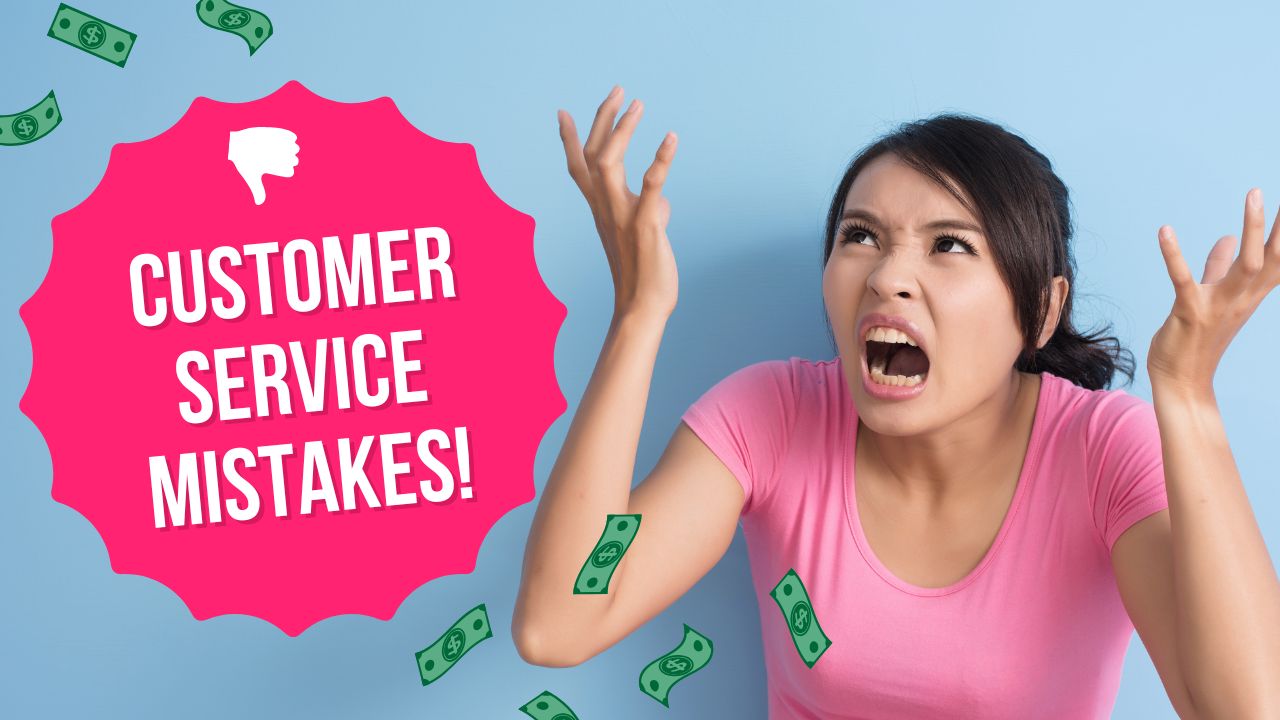
8 eCommerce Customer Service Mistakes You NEED to Stop Making (Like, Yesterday)




Not Sure Where to Start?
Let's find the biggest retention opportunities in your business. Get a free Klaviyo audit or retention consultation.






